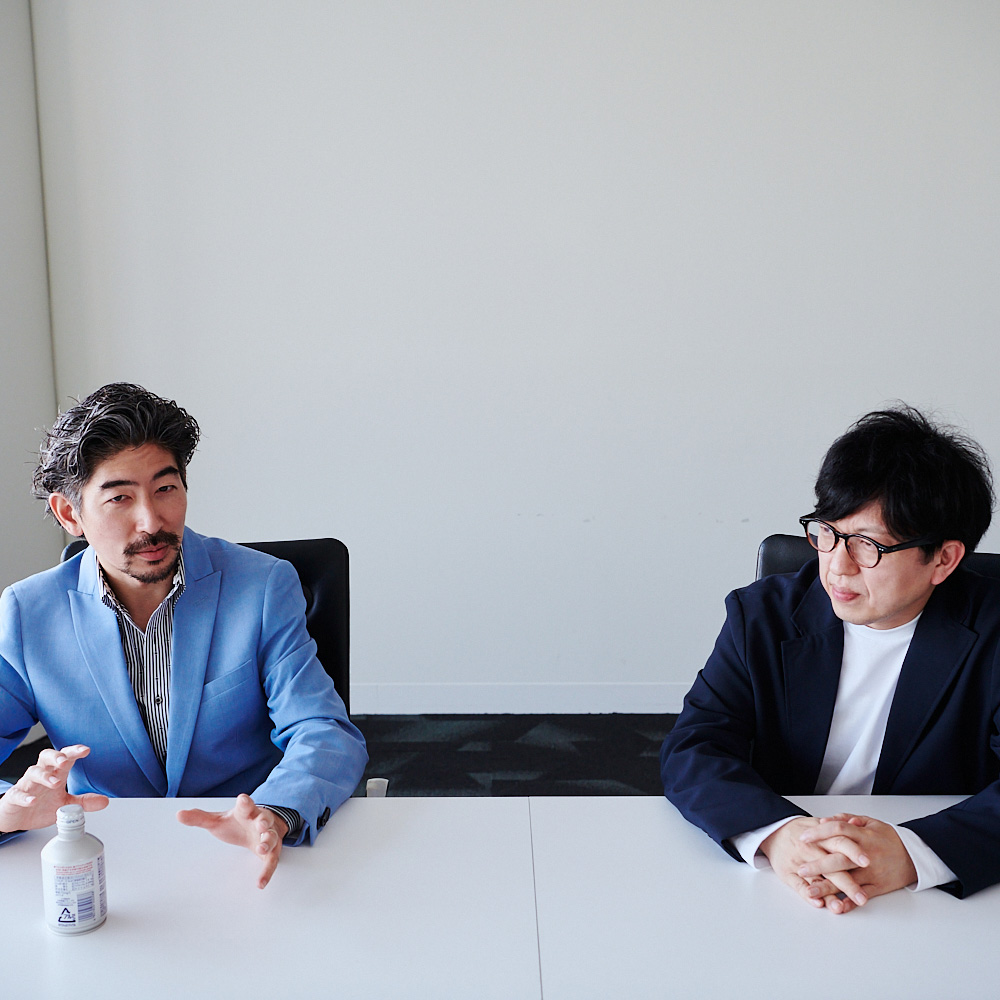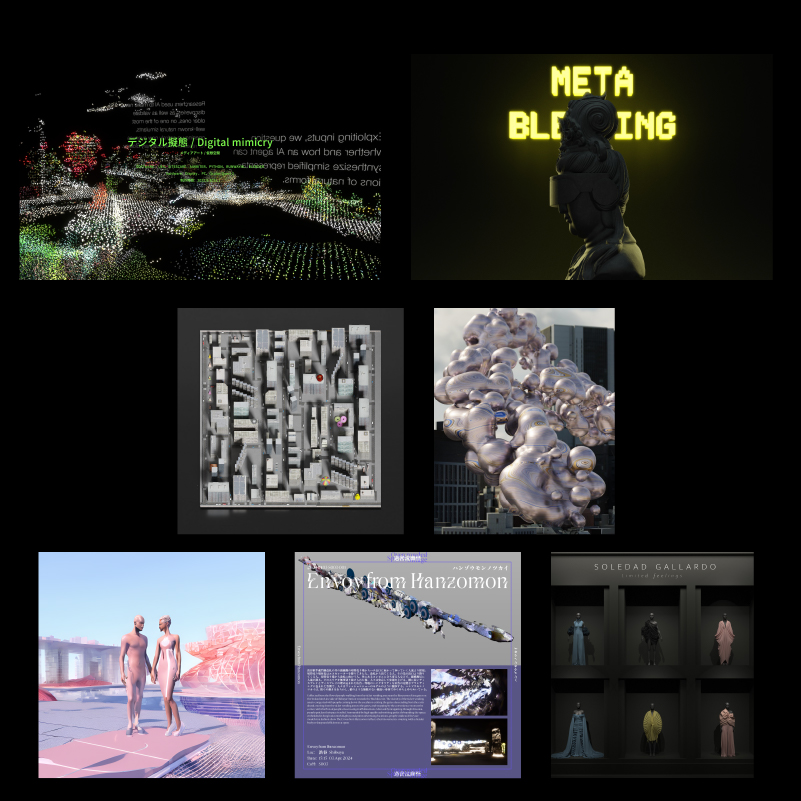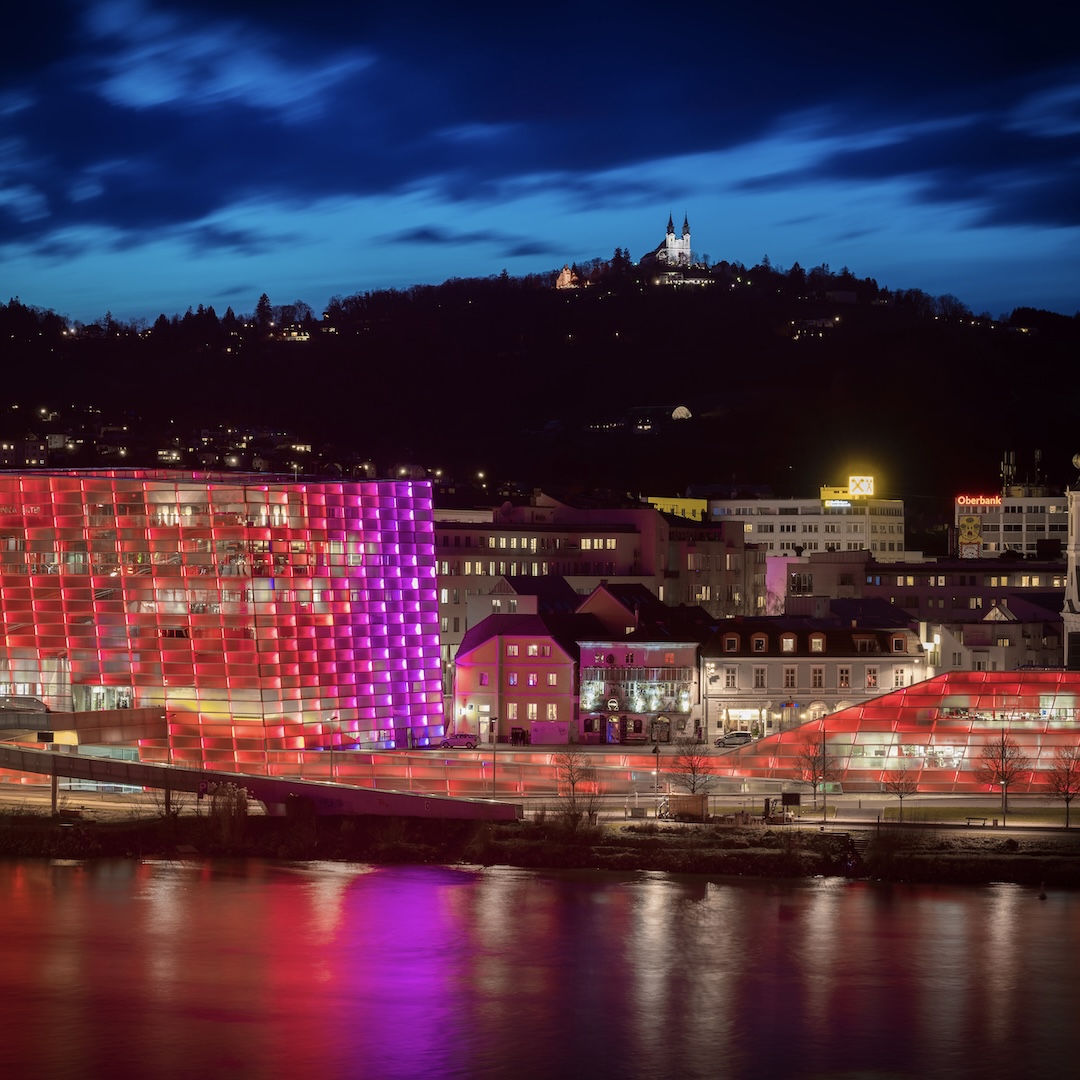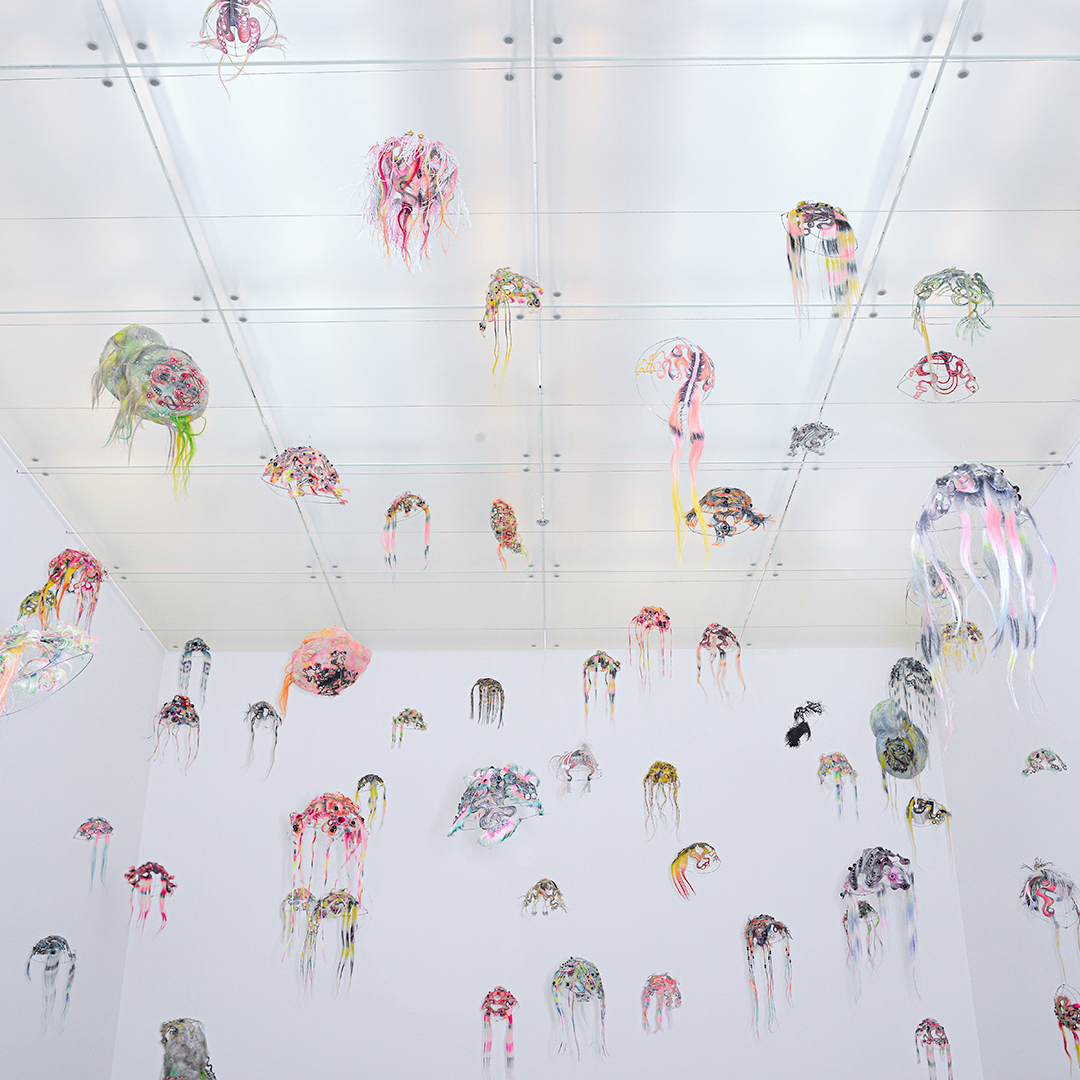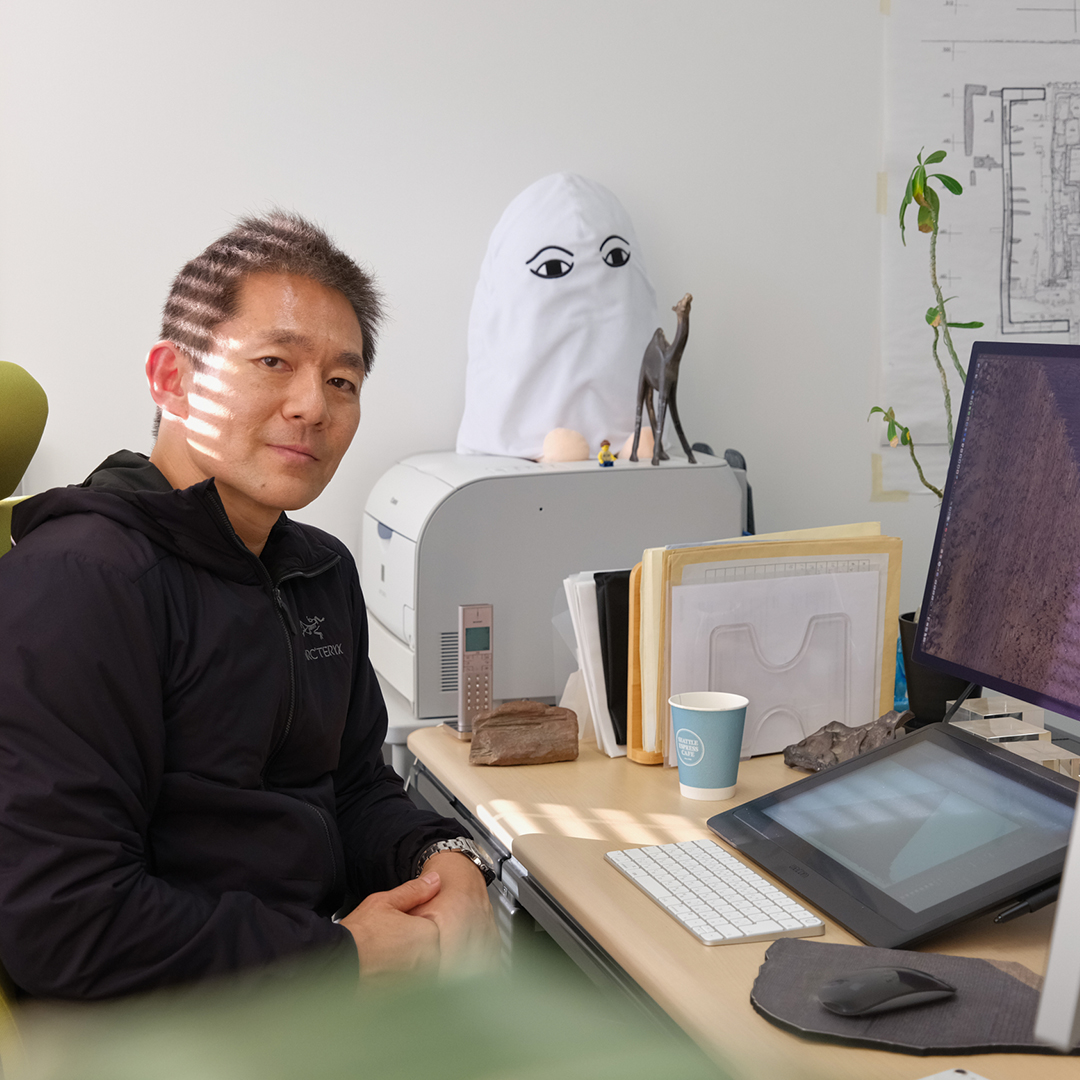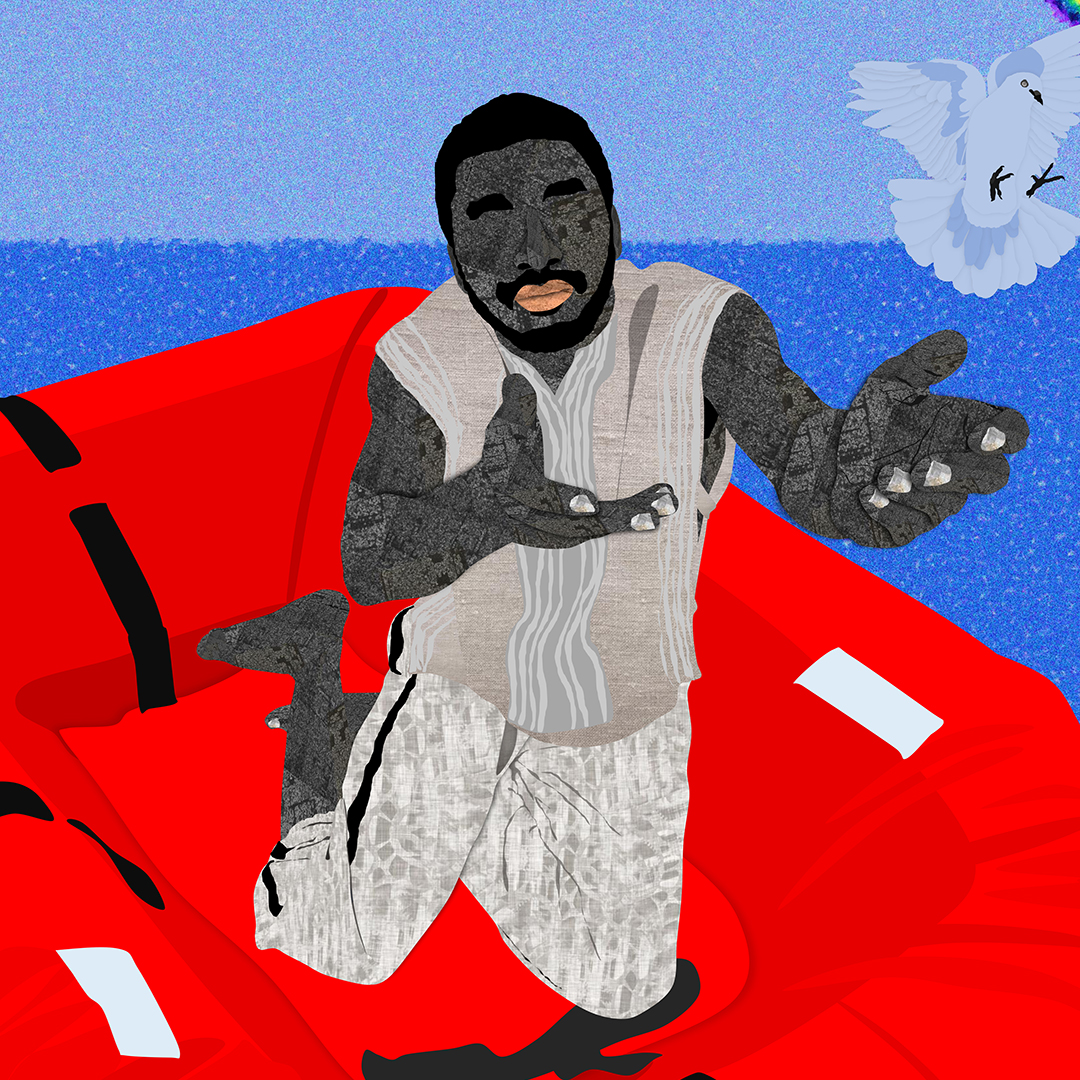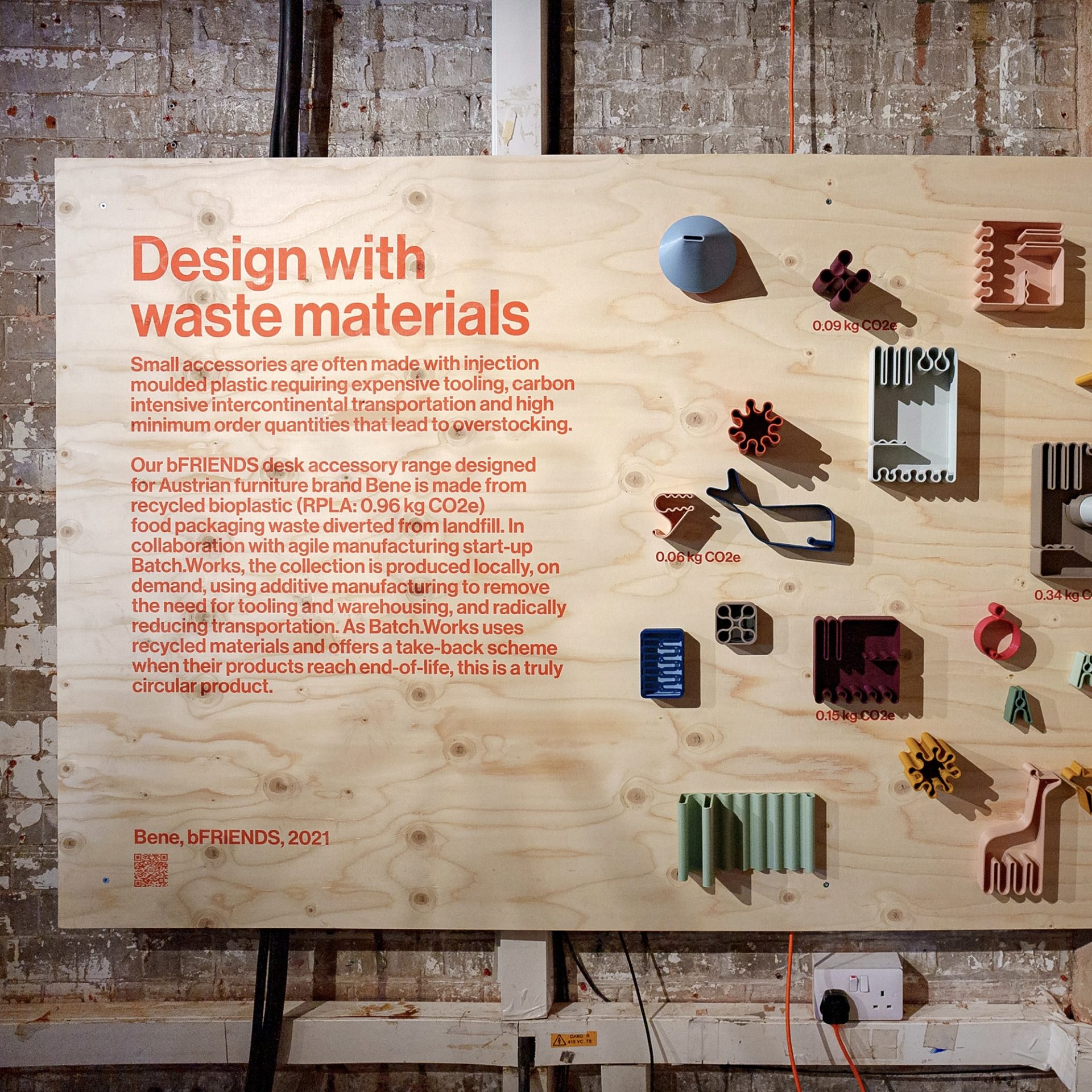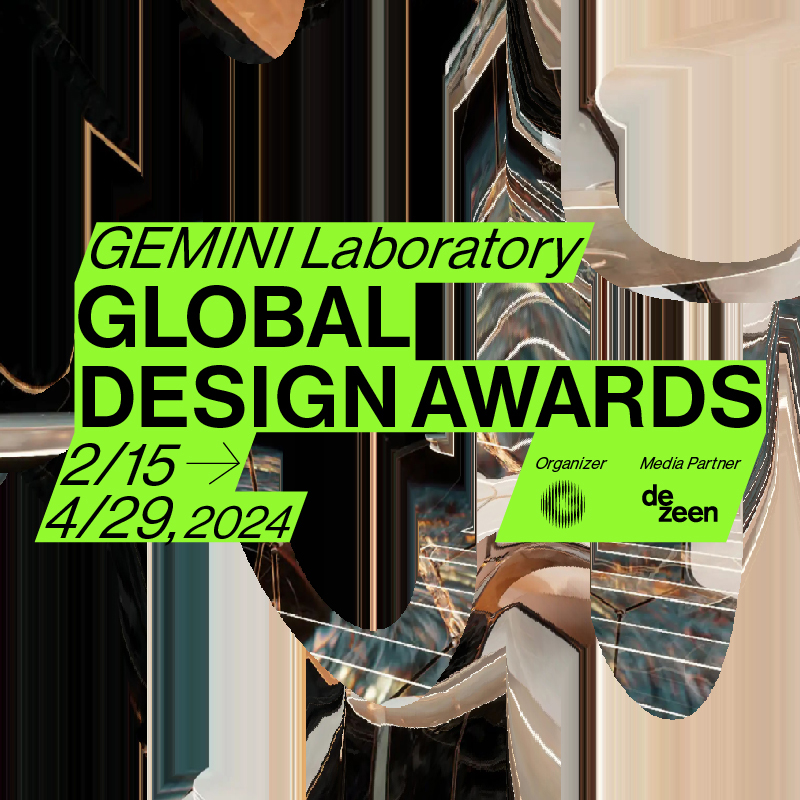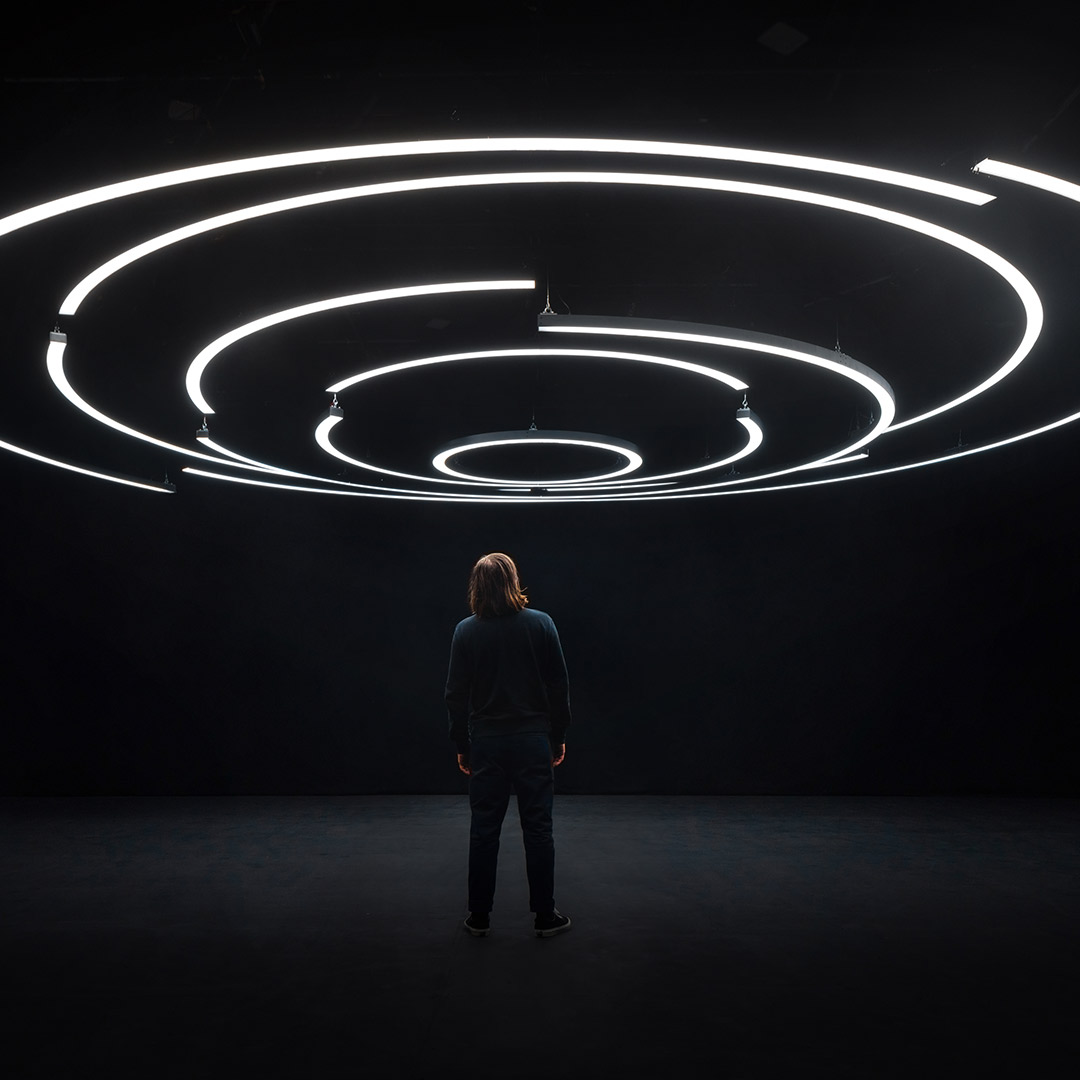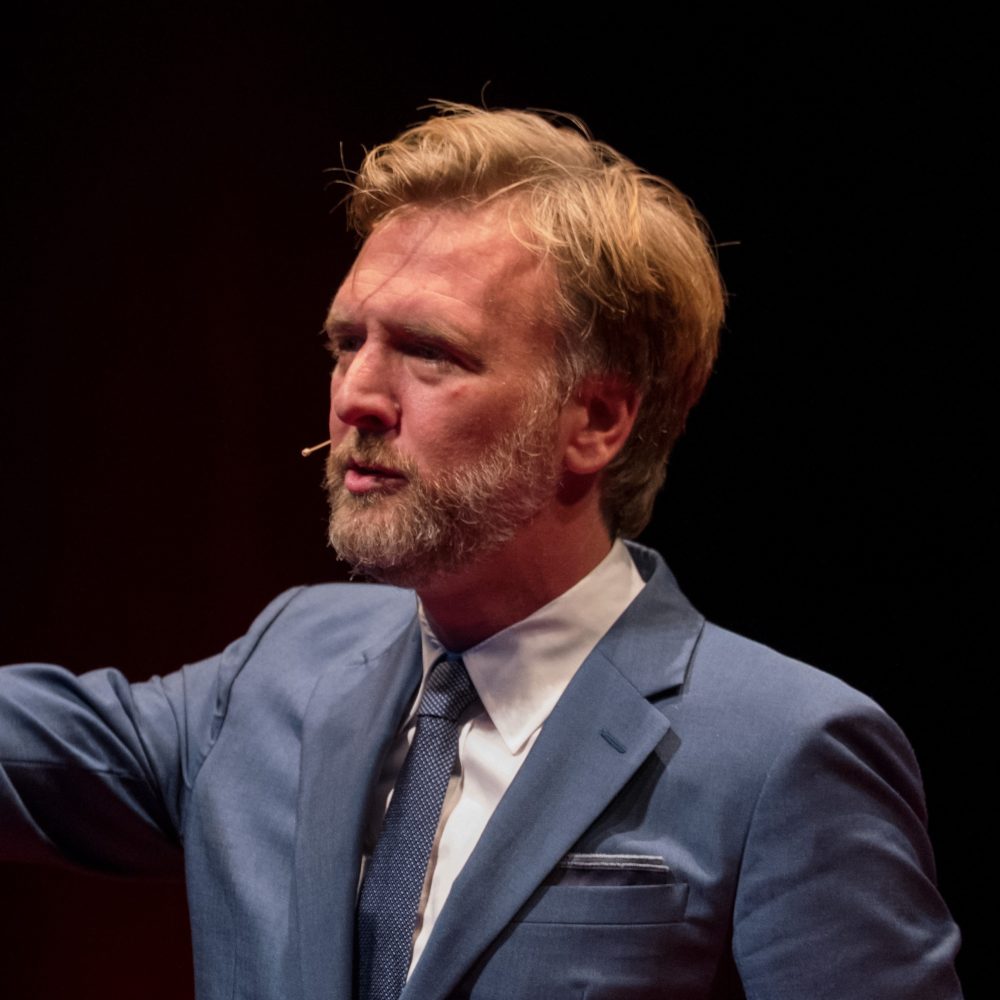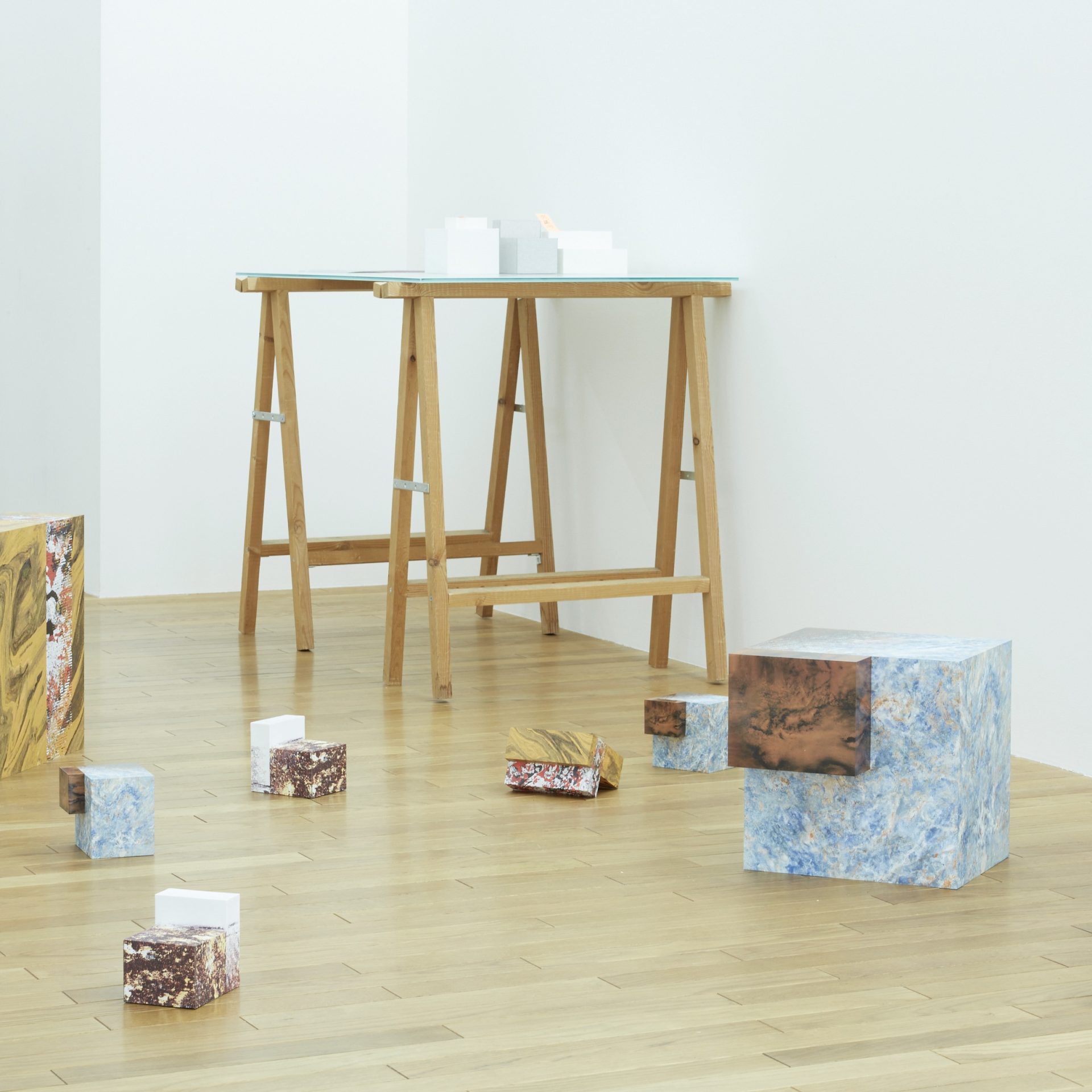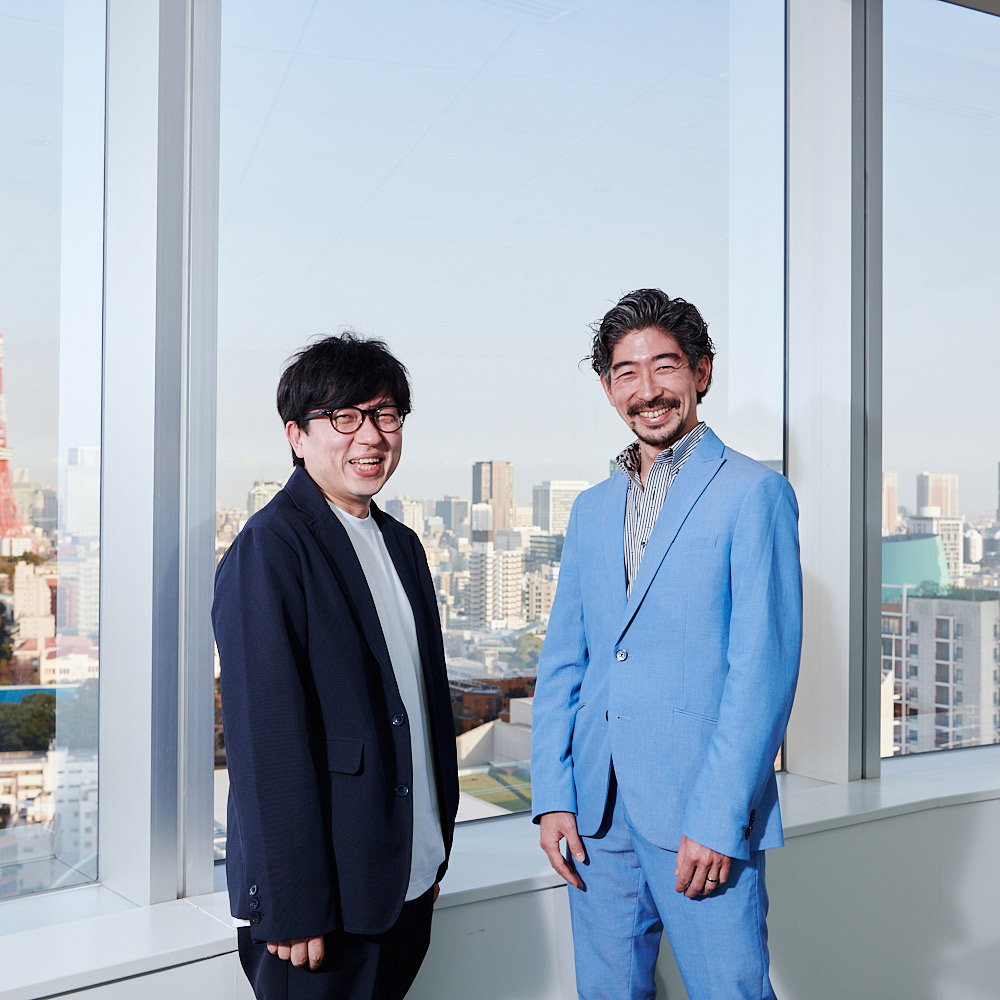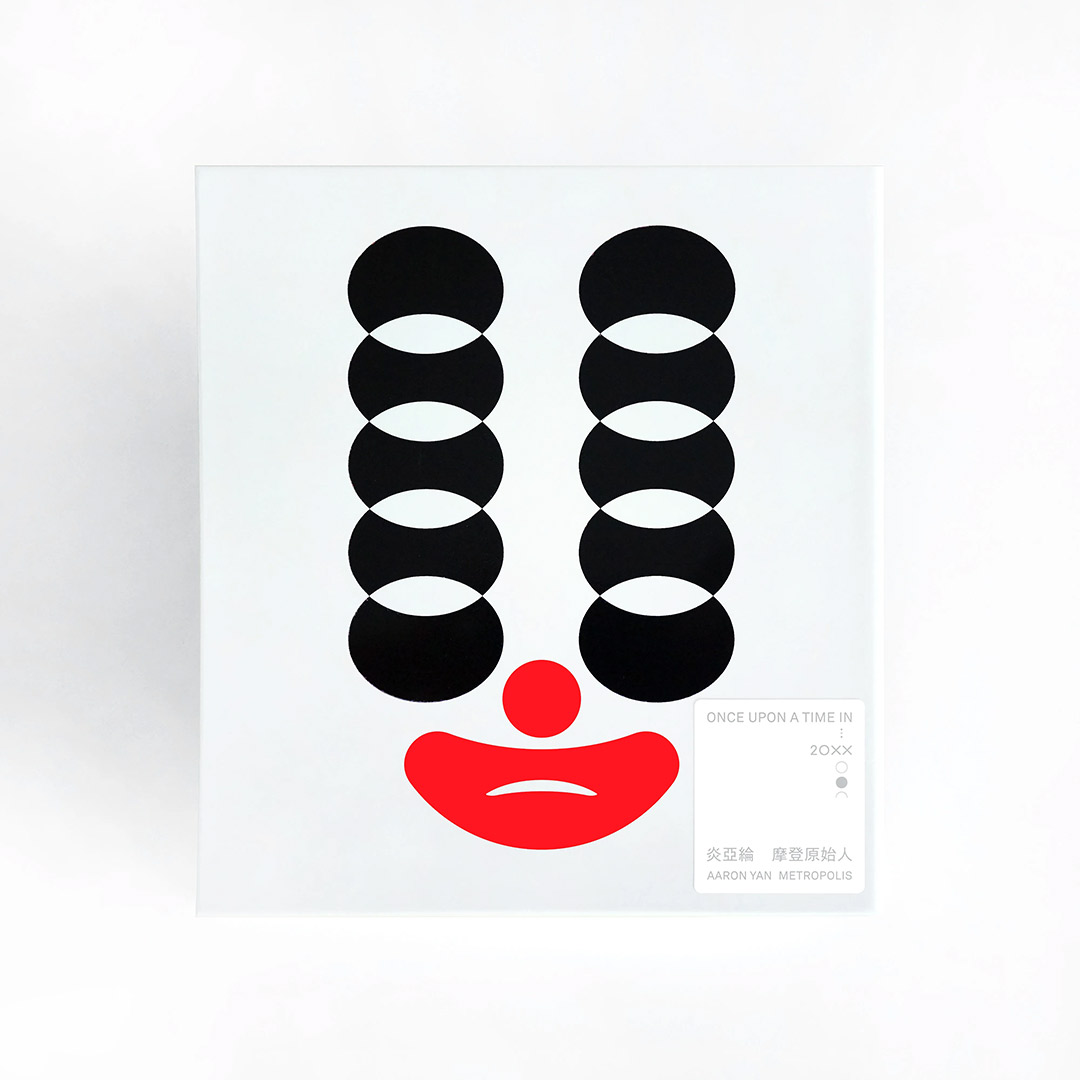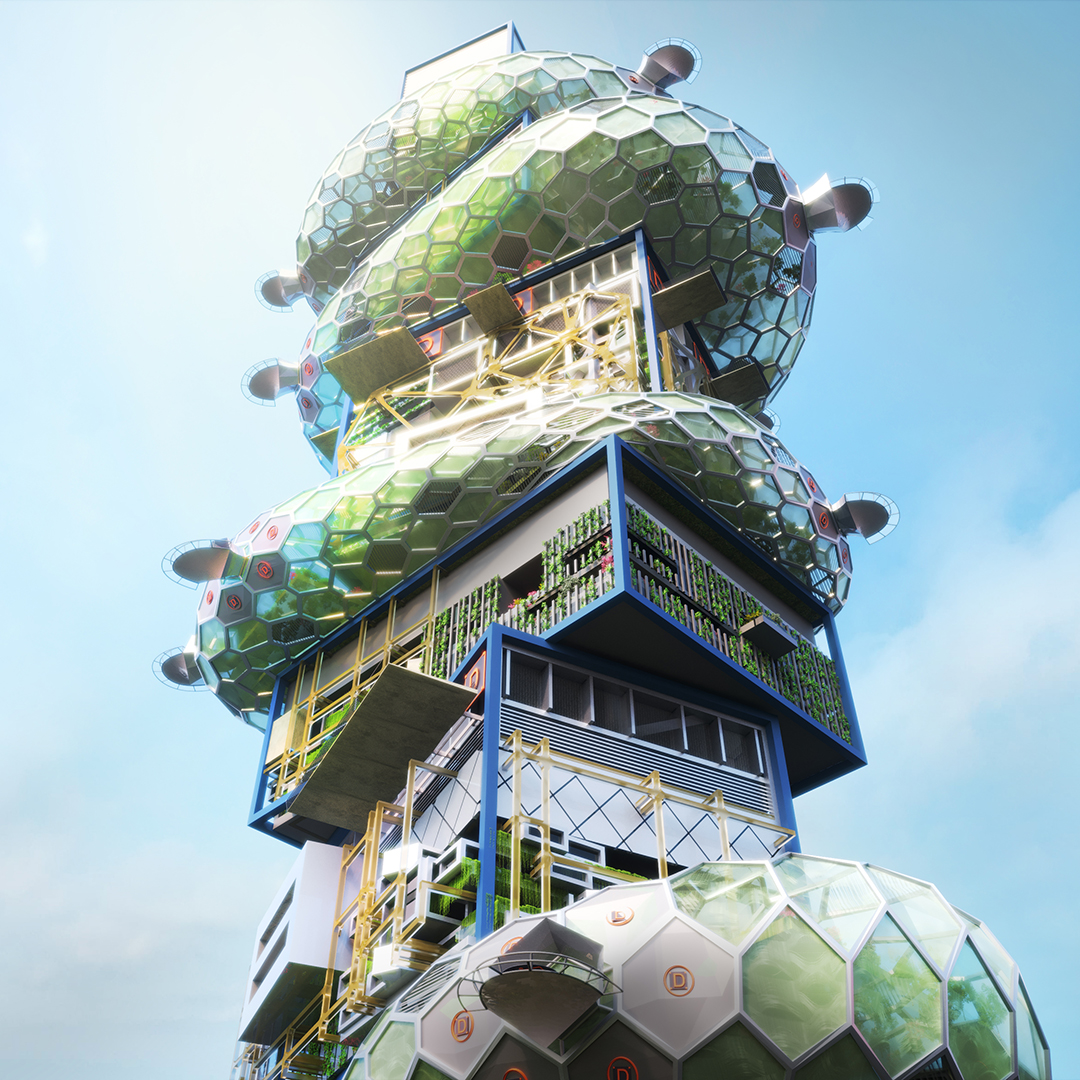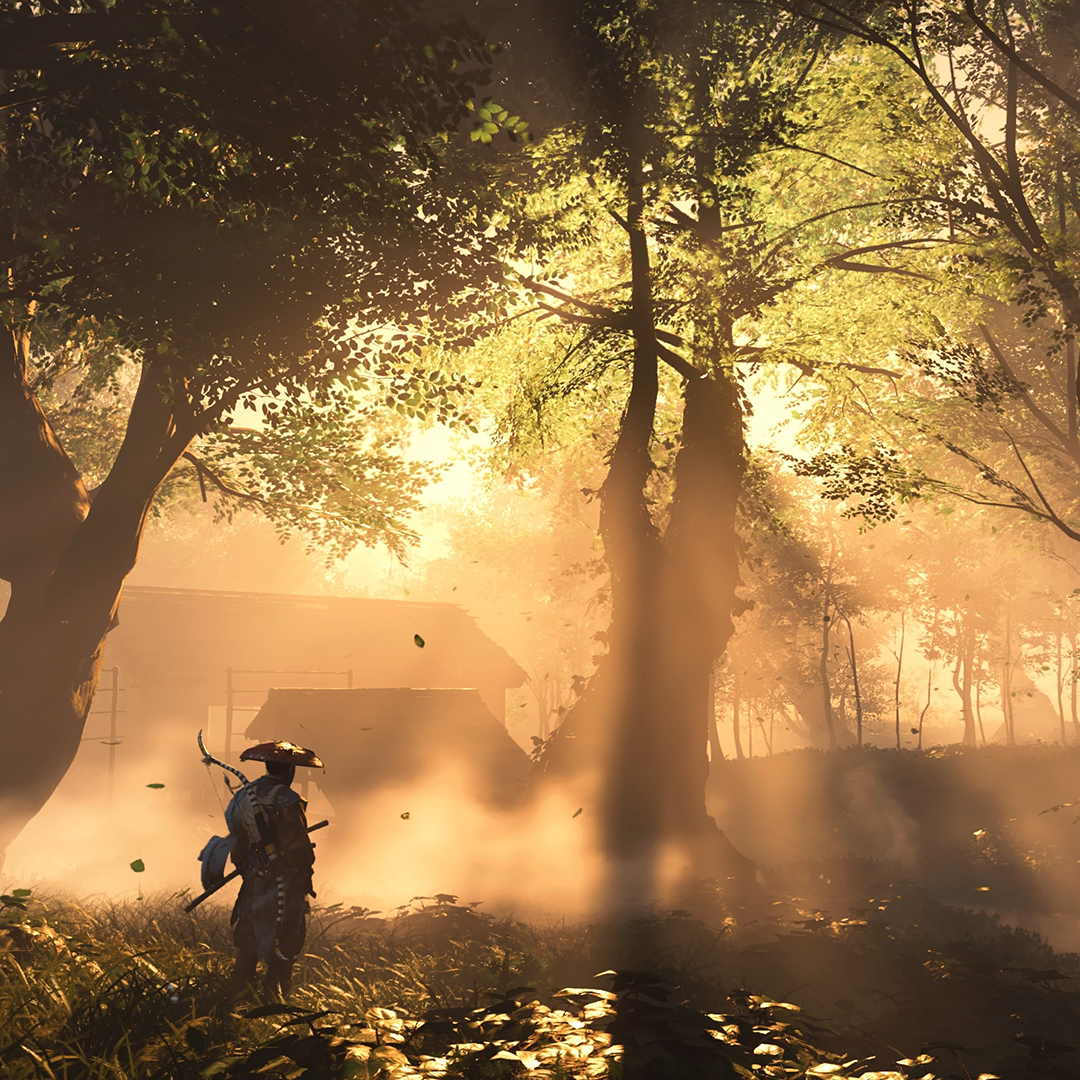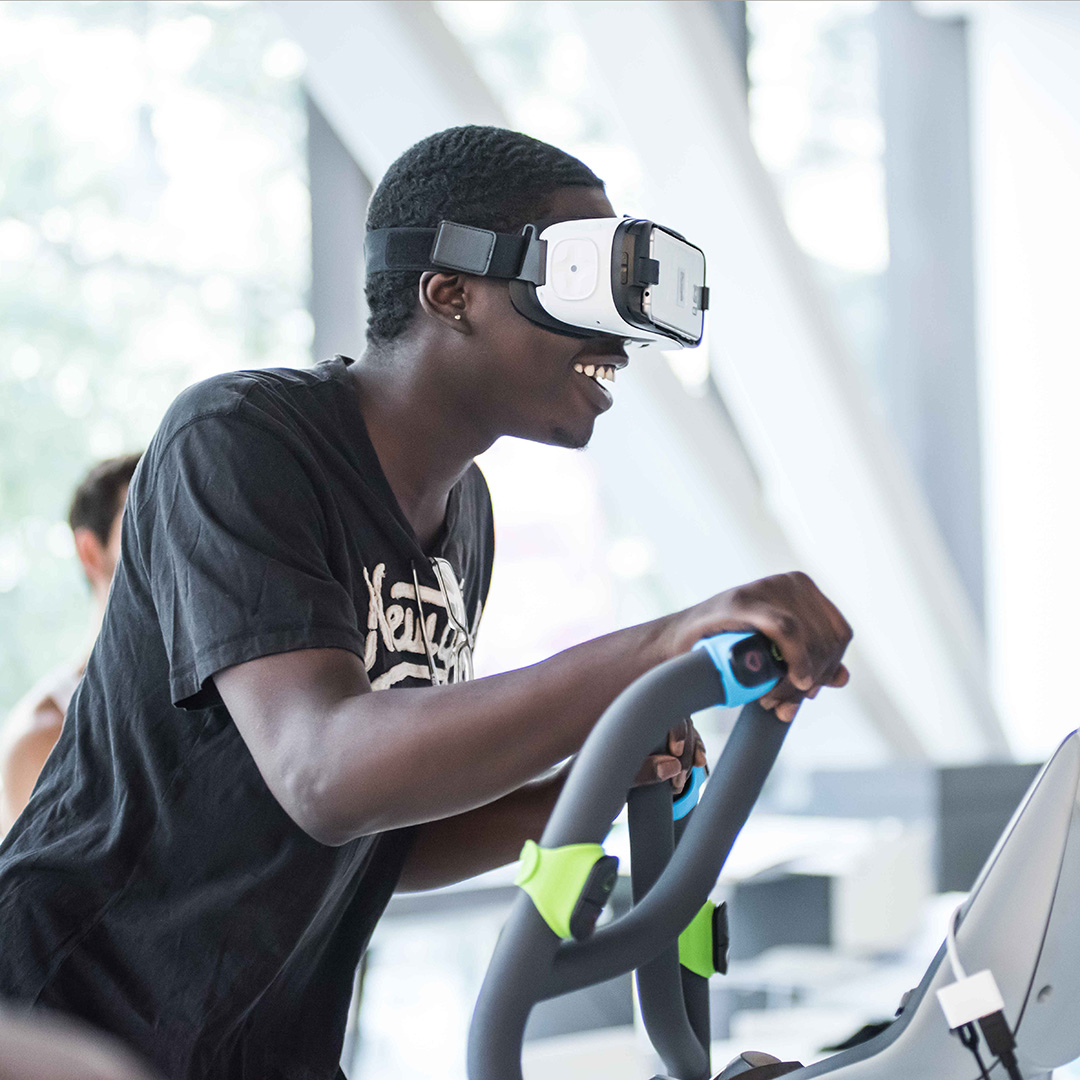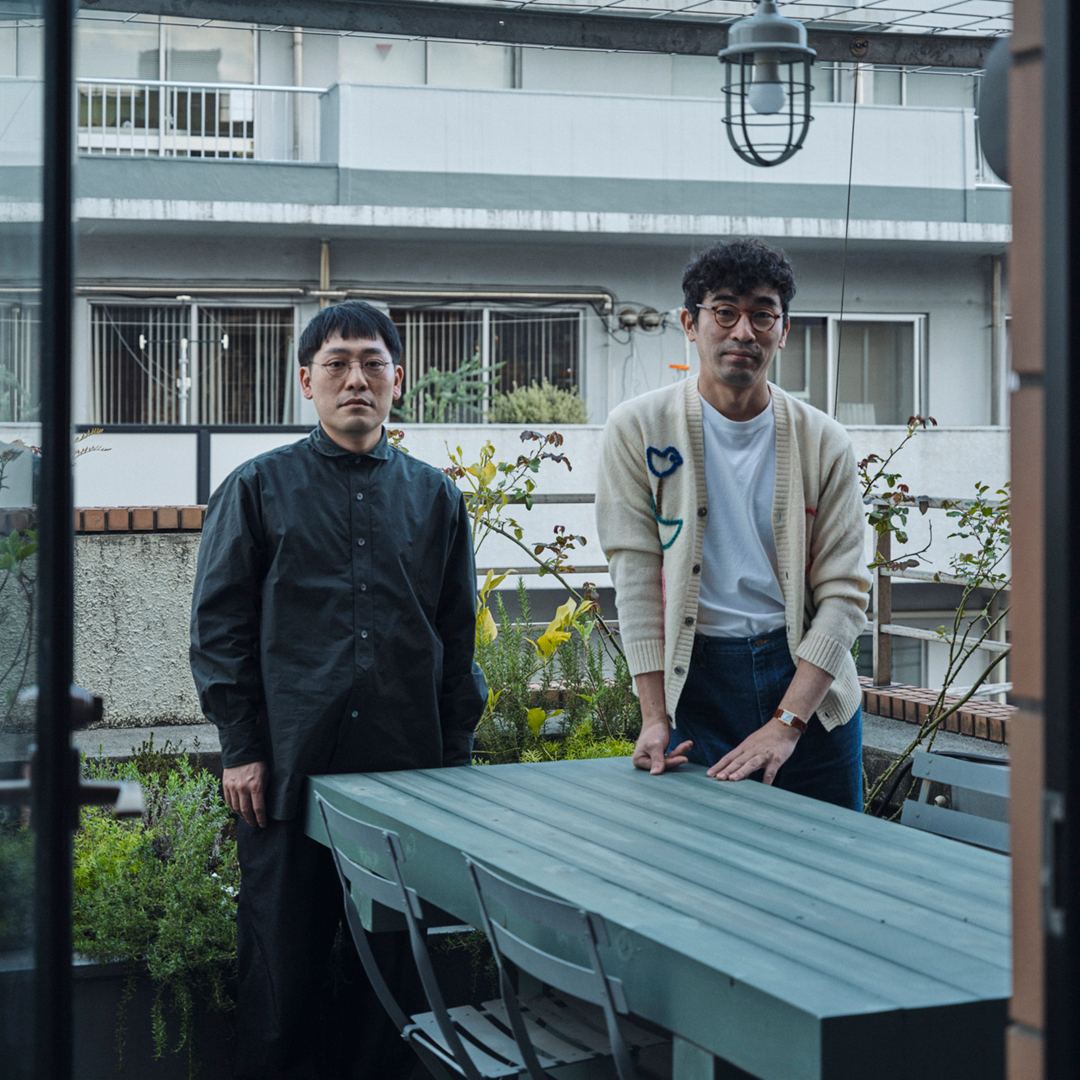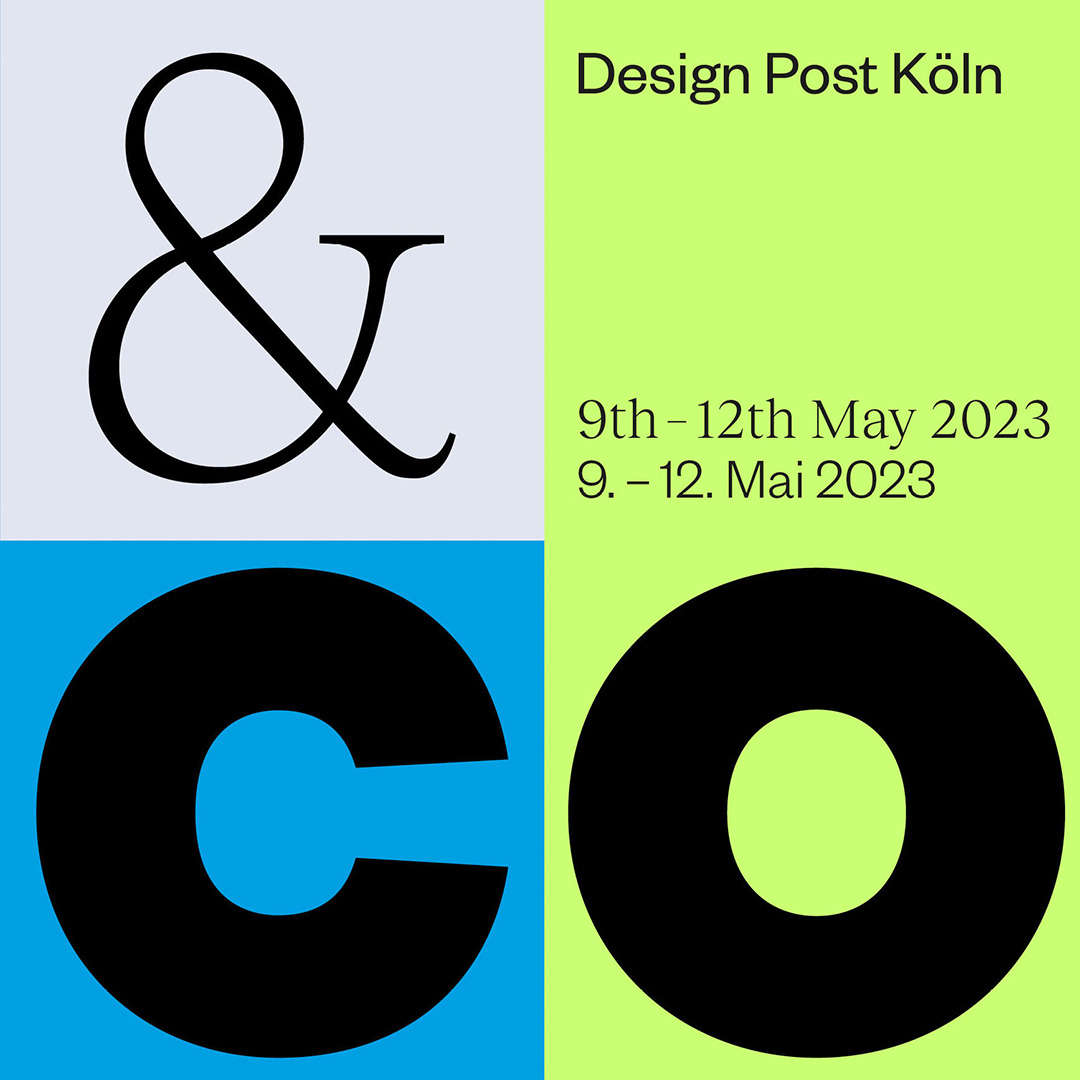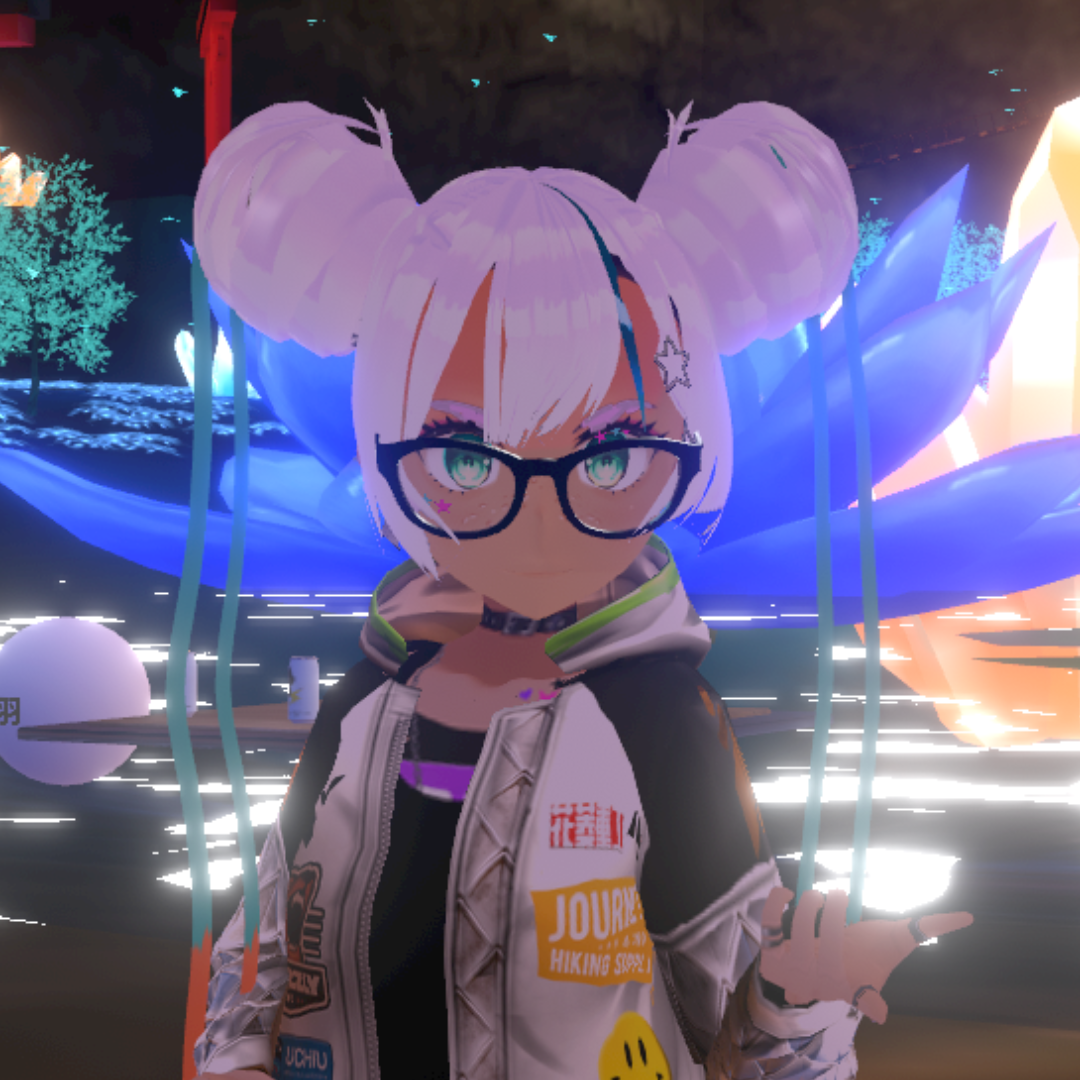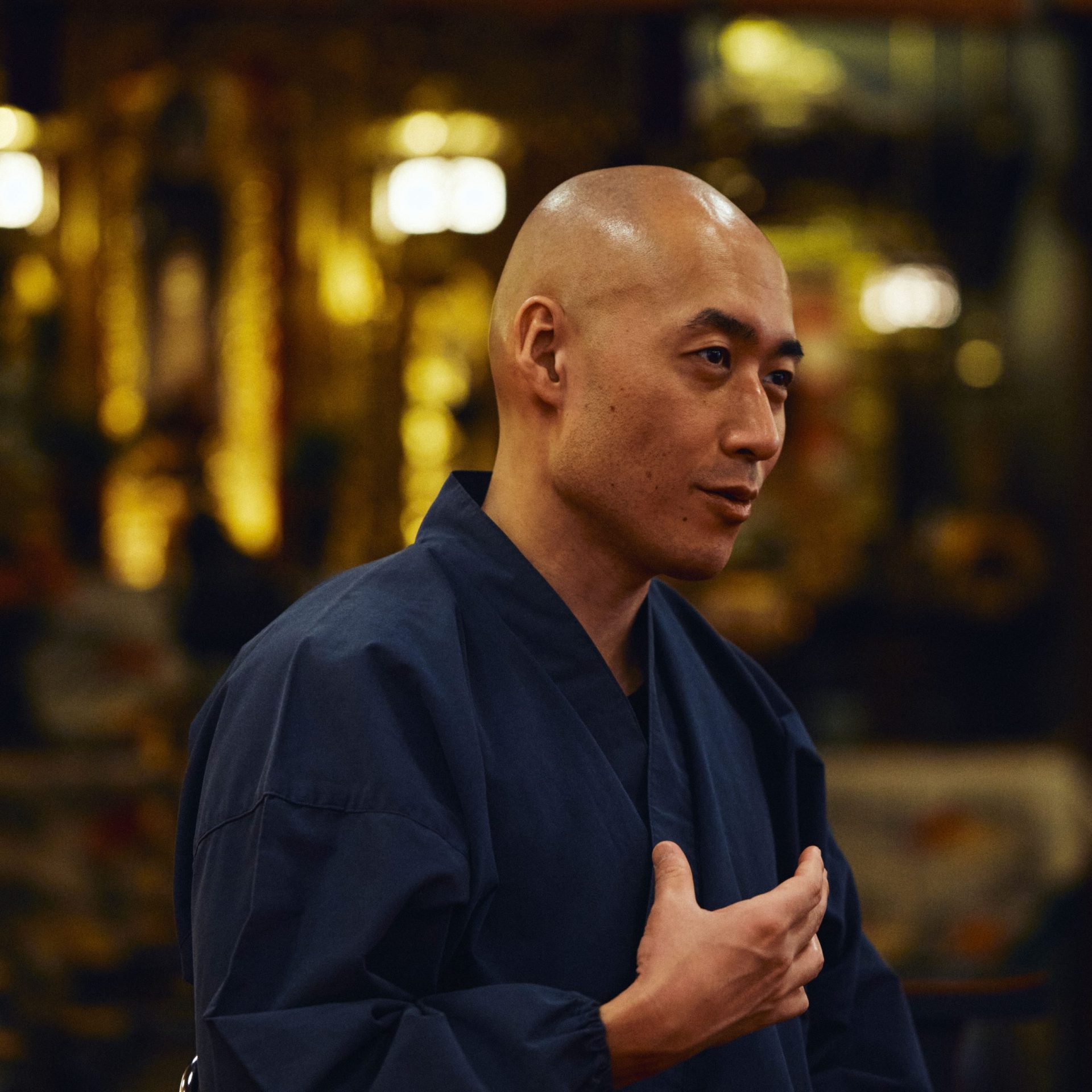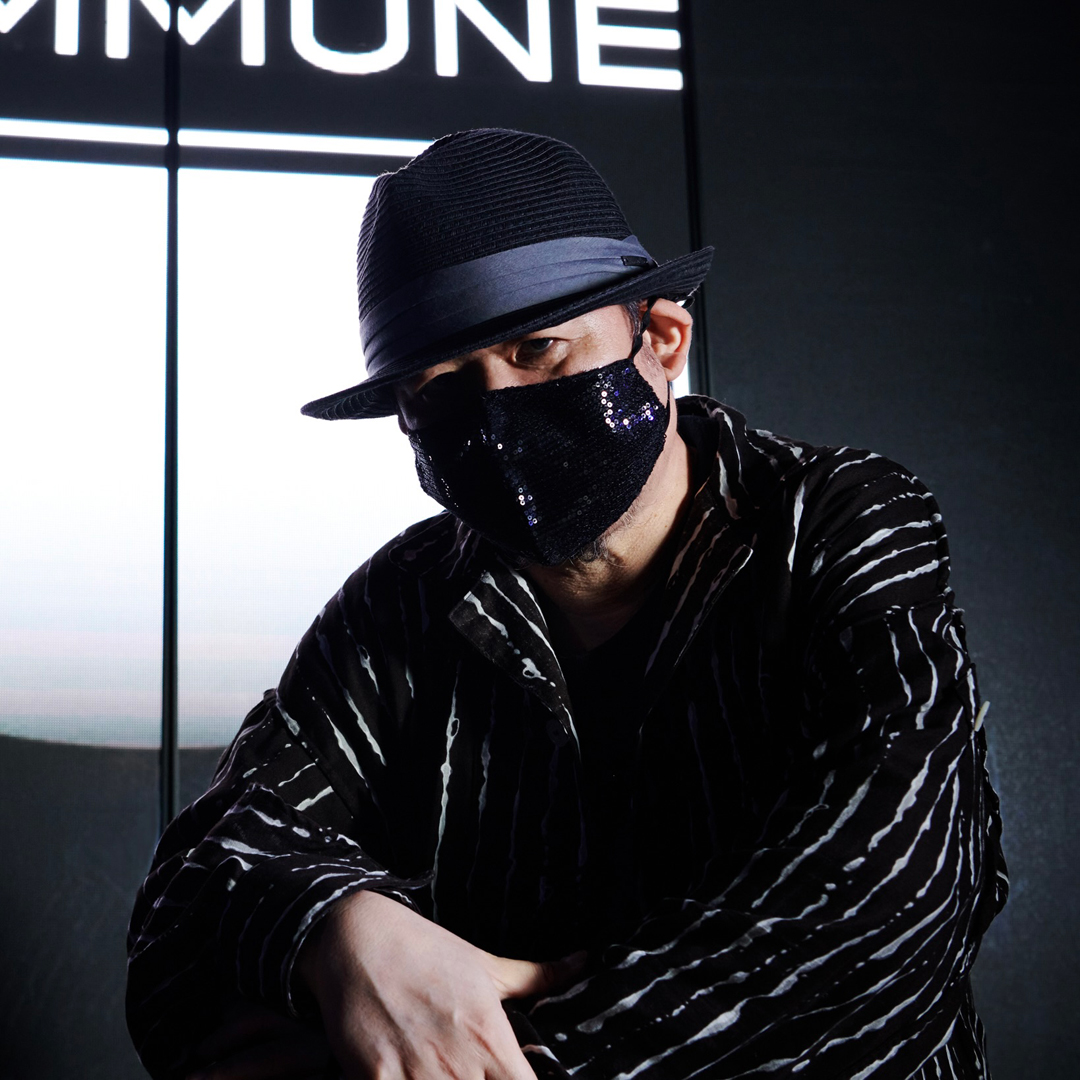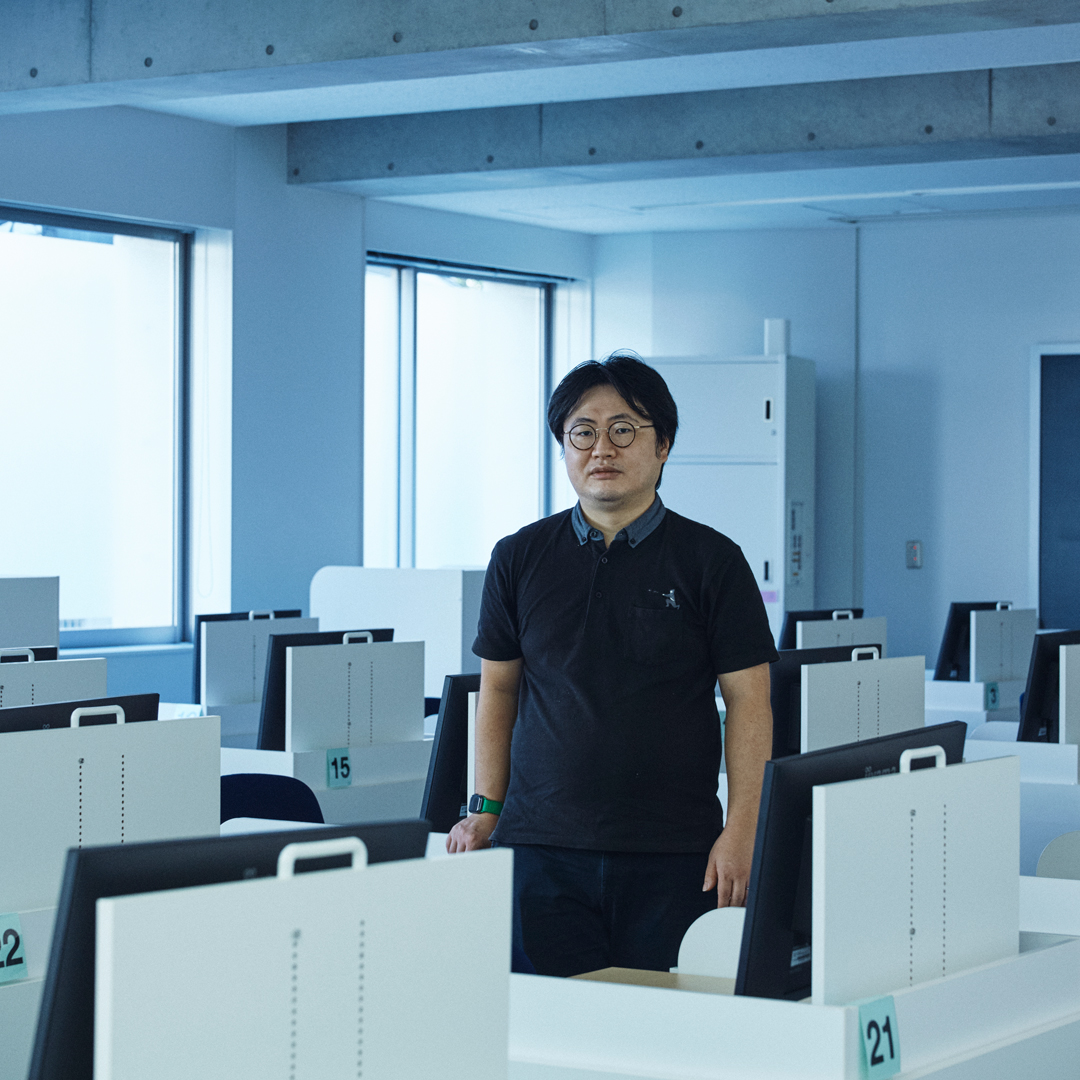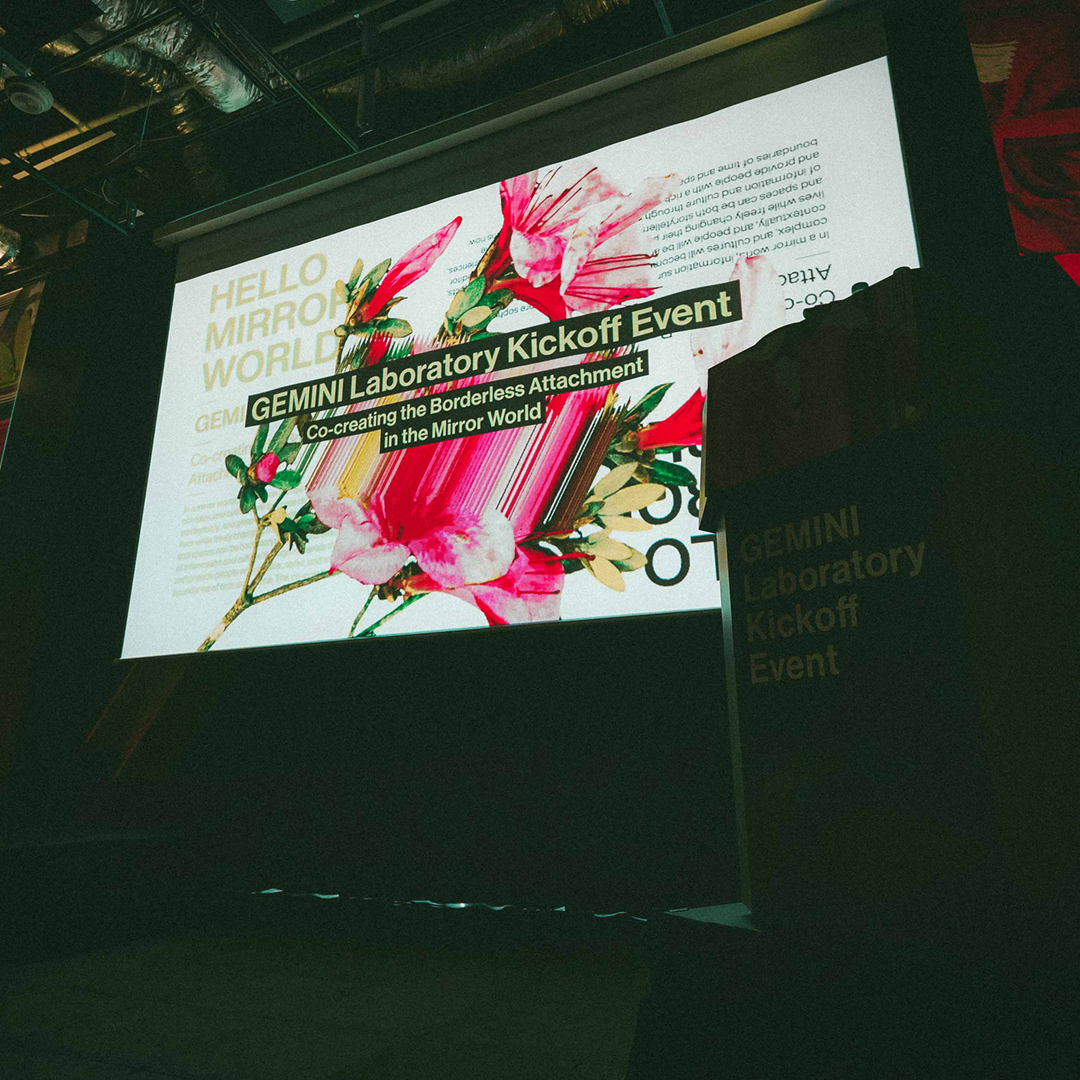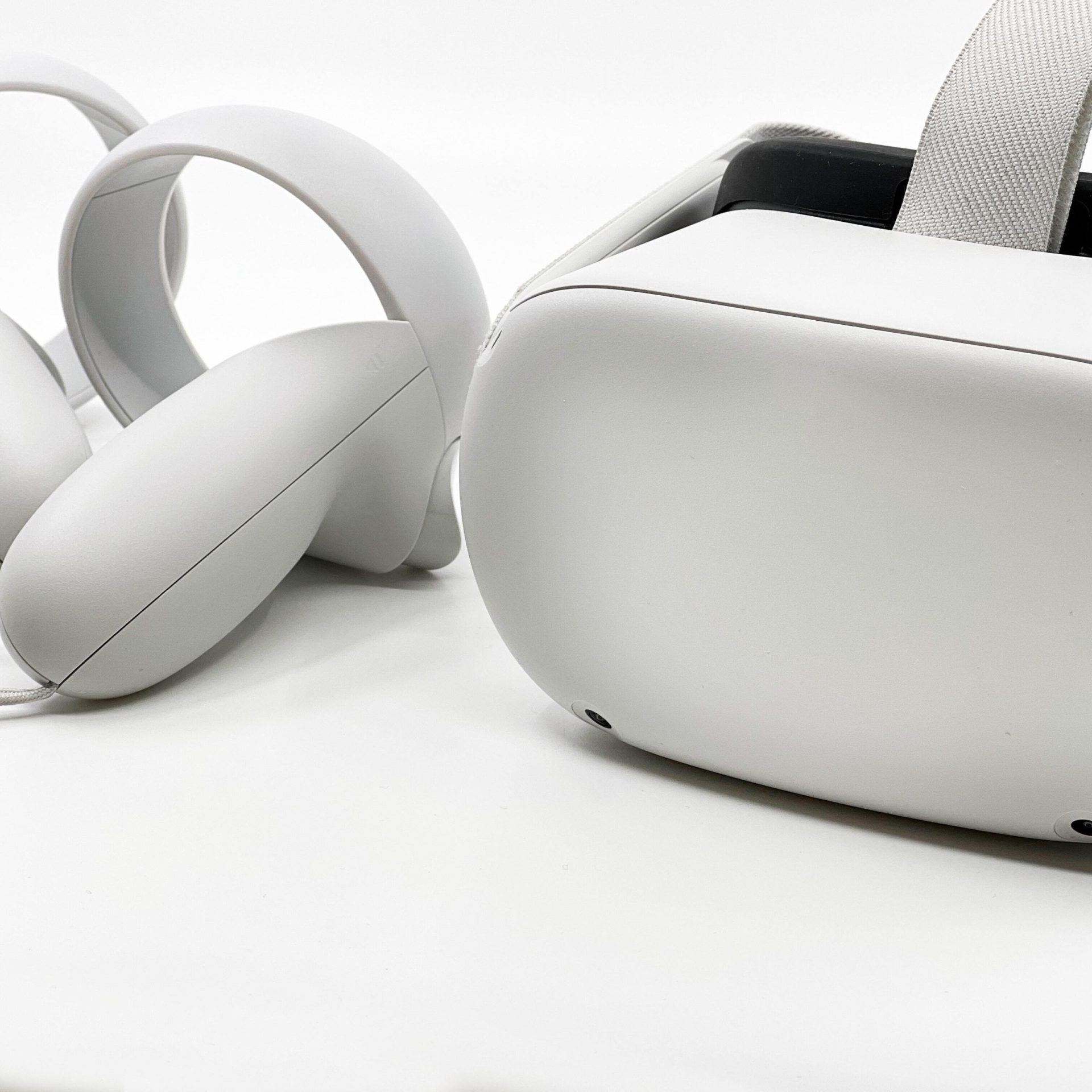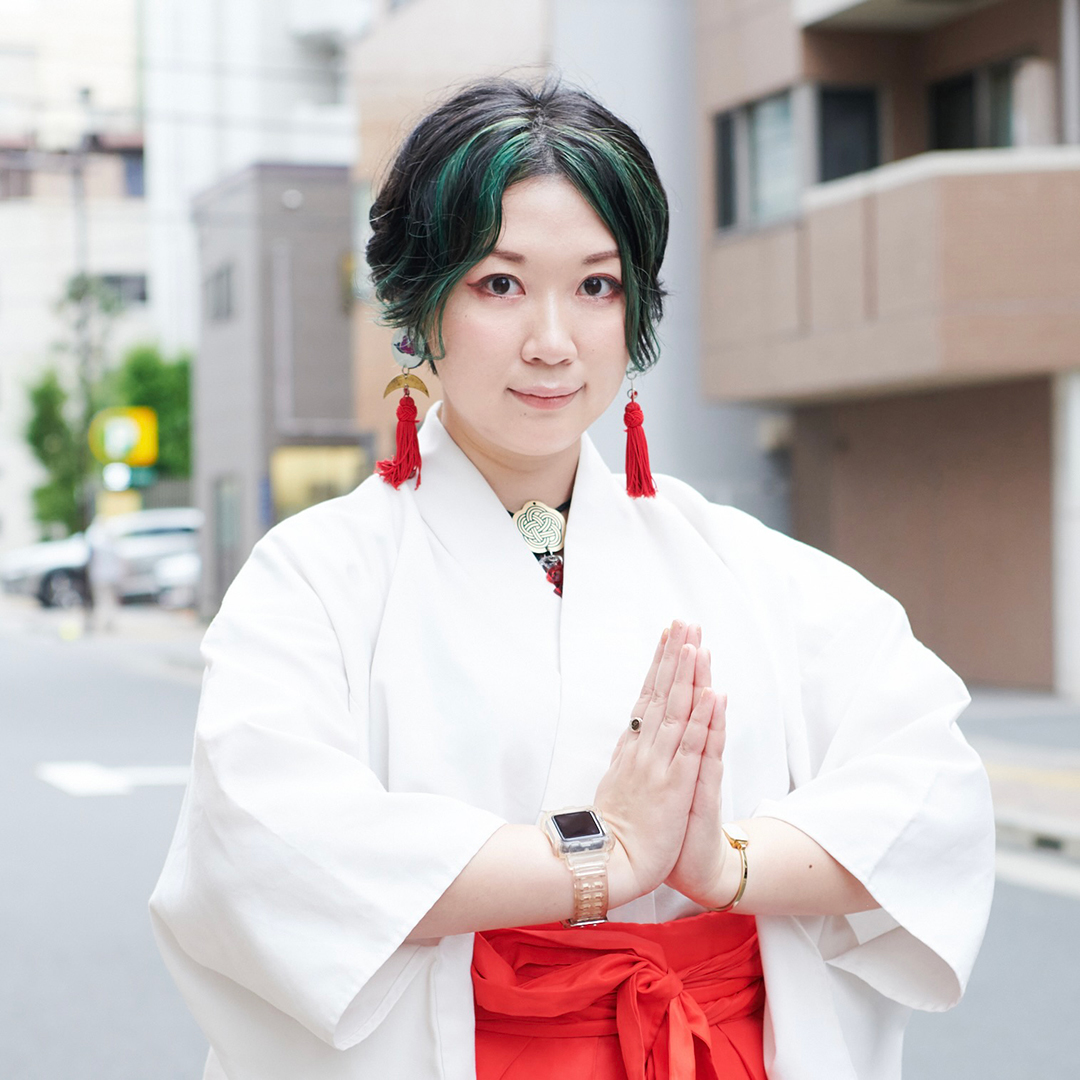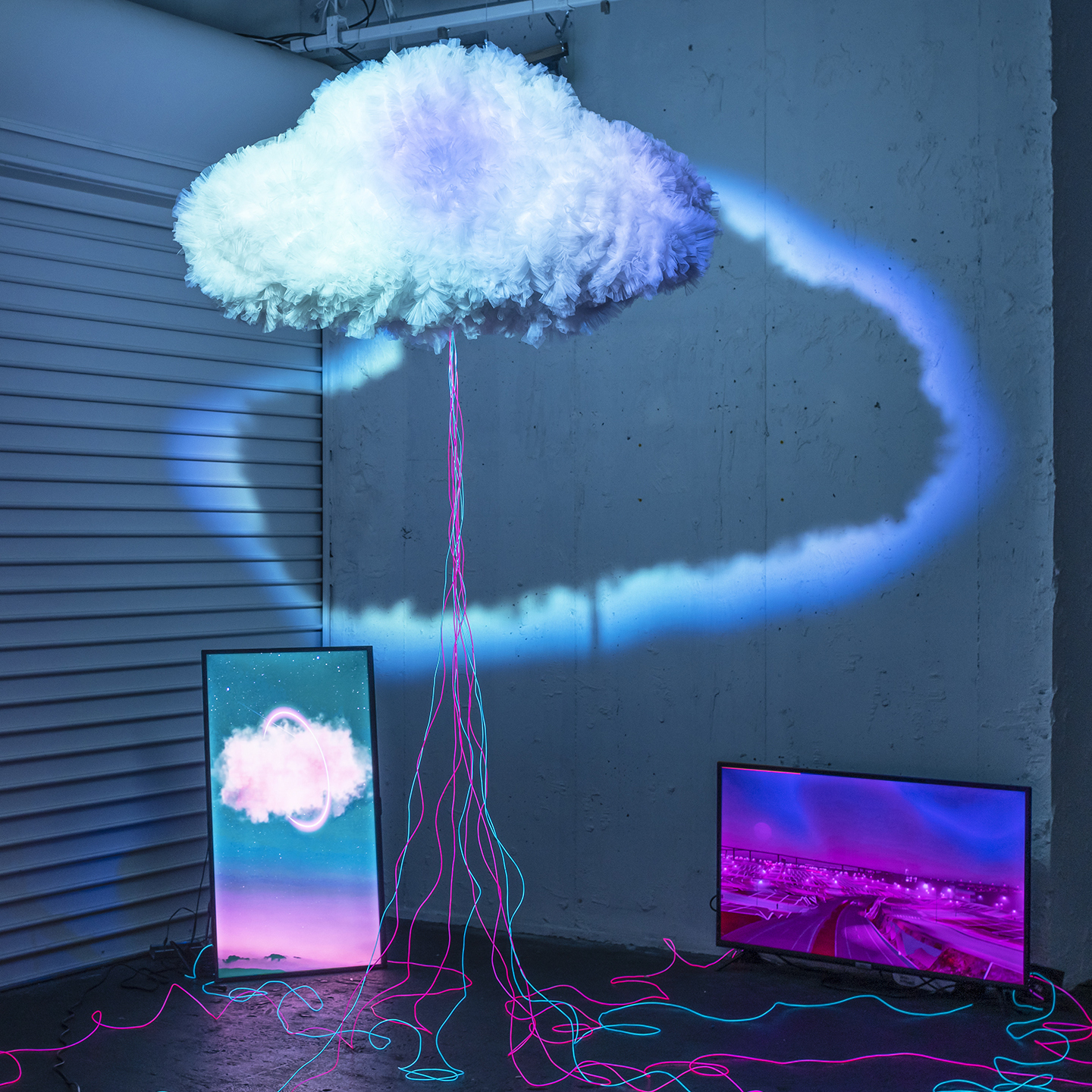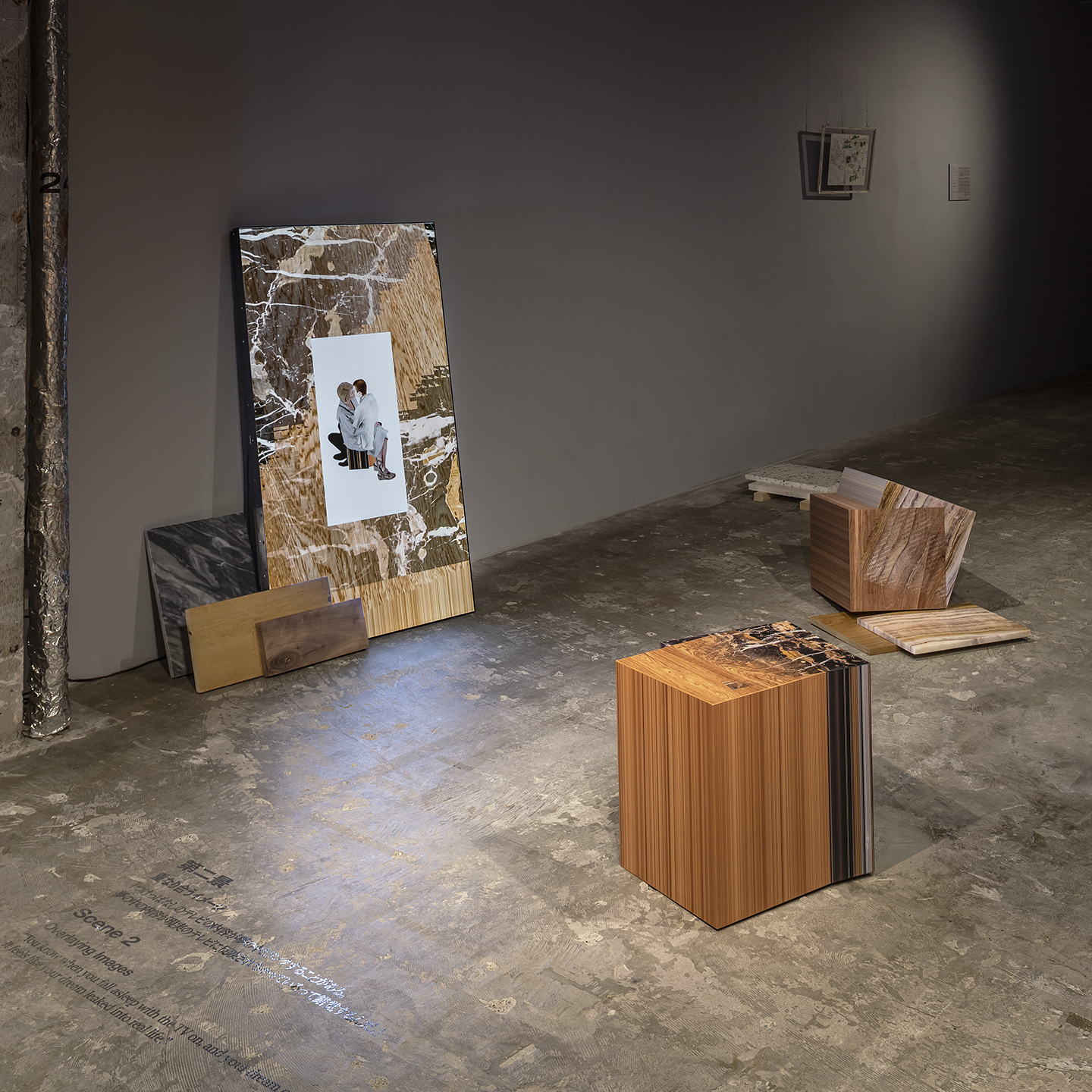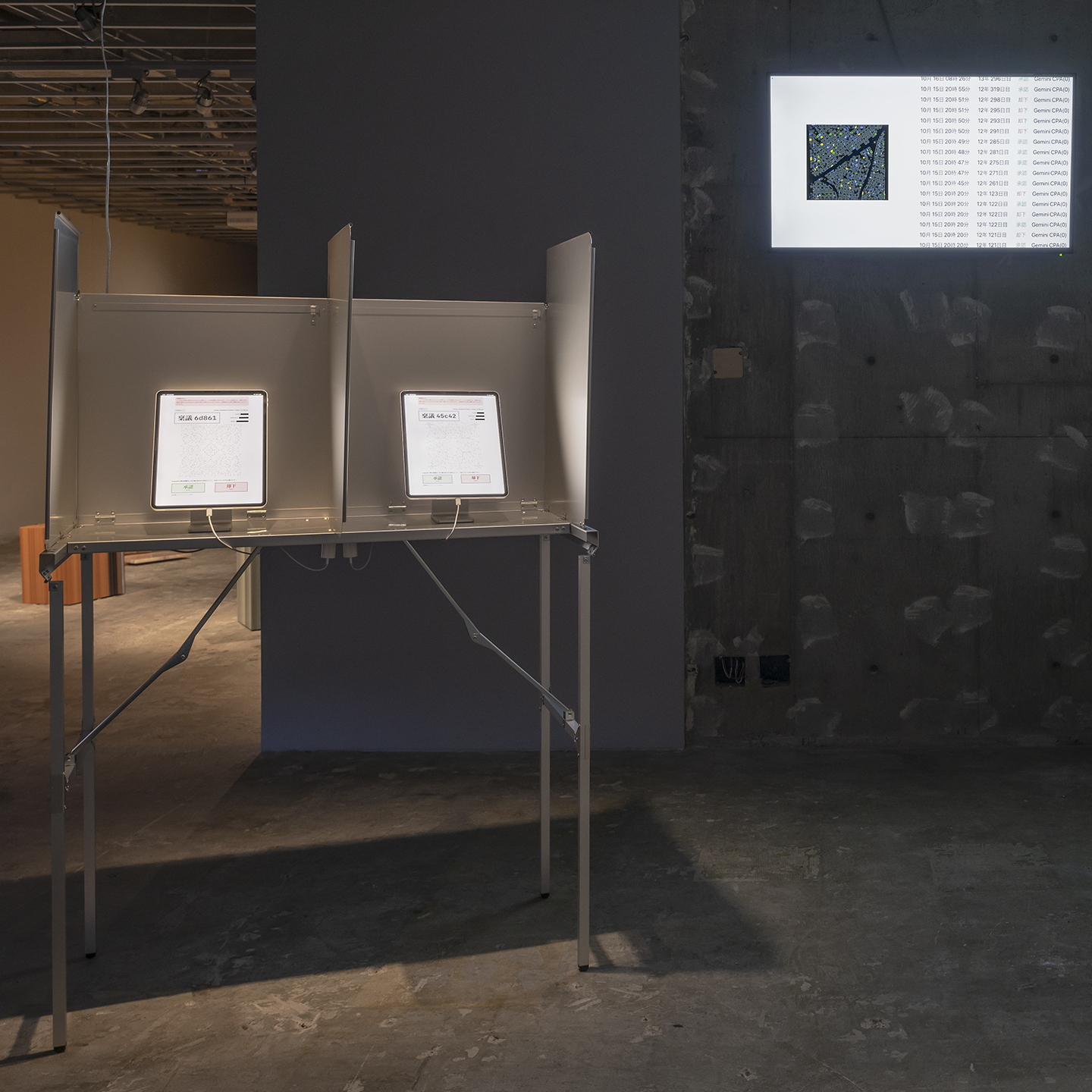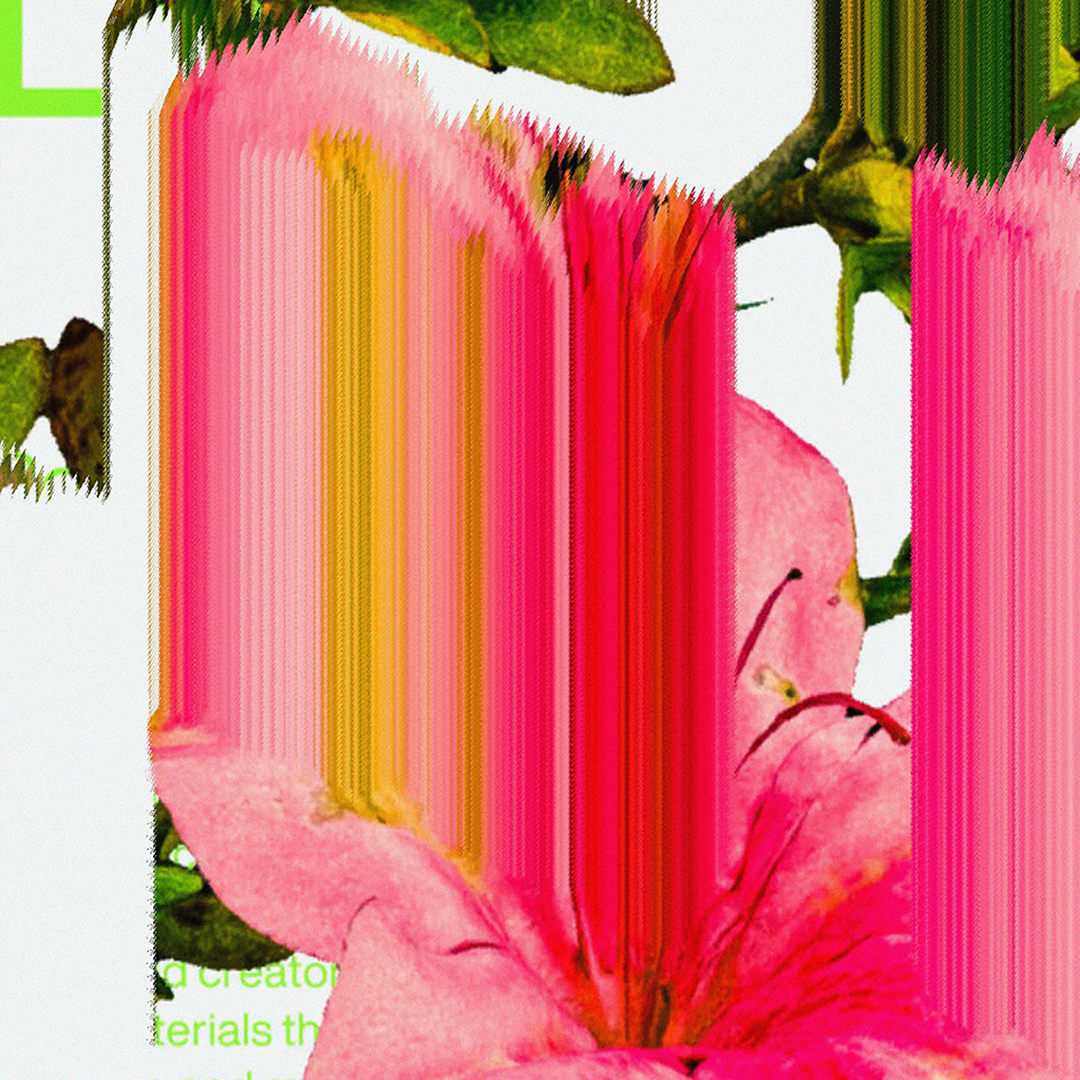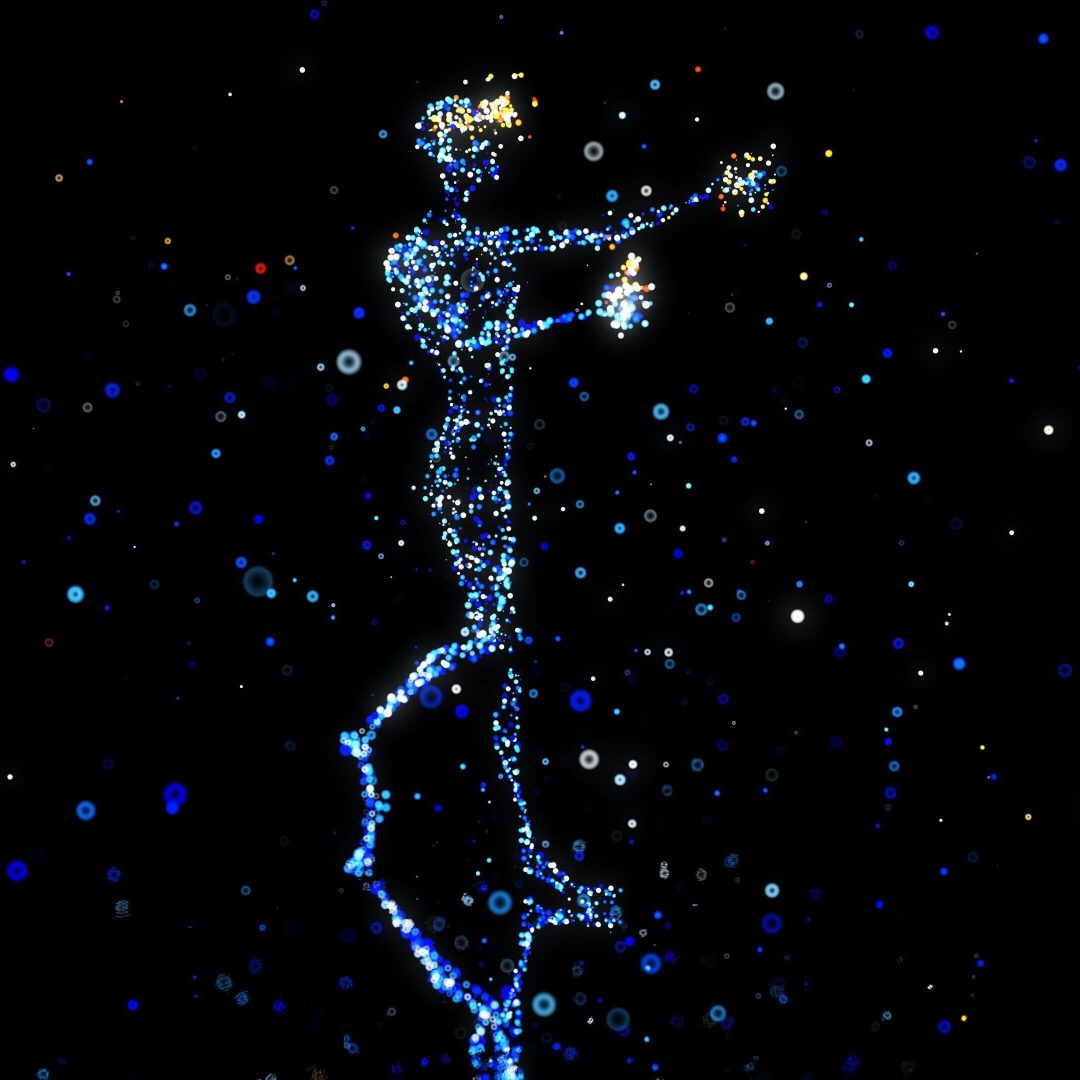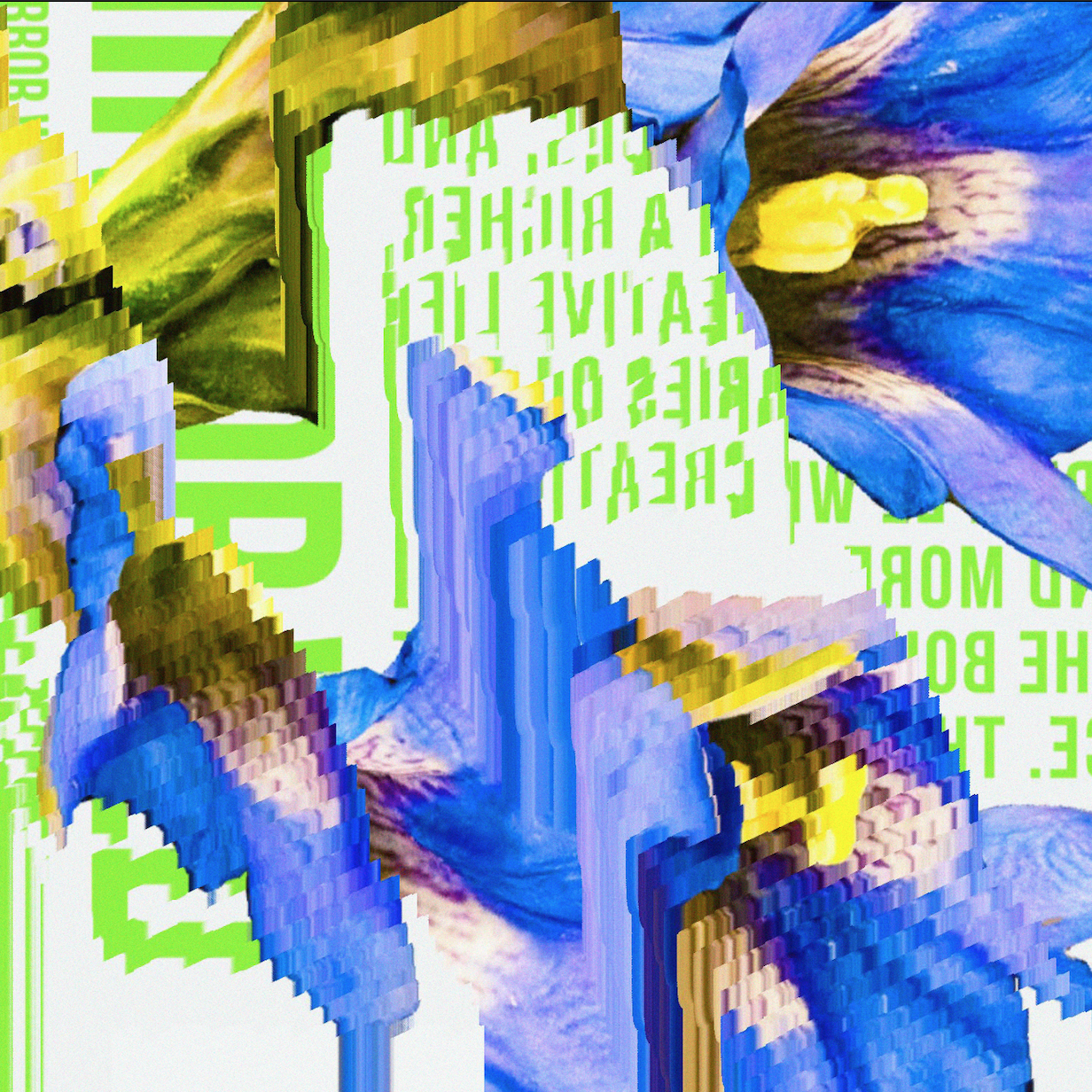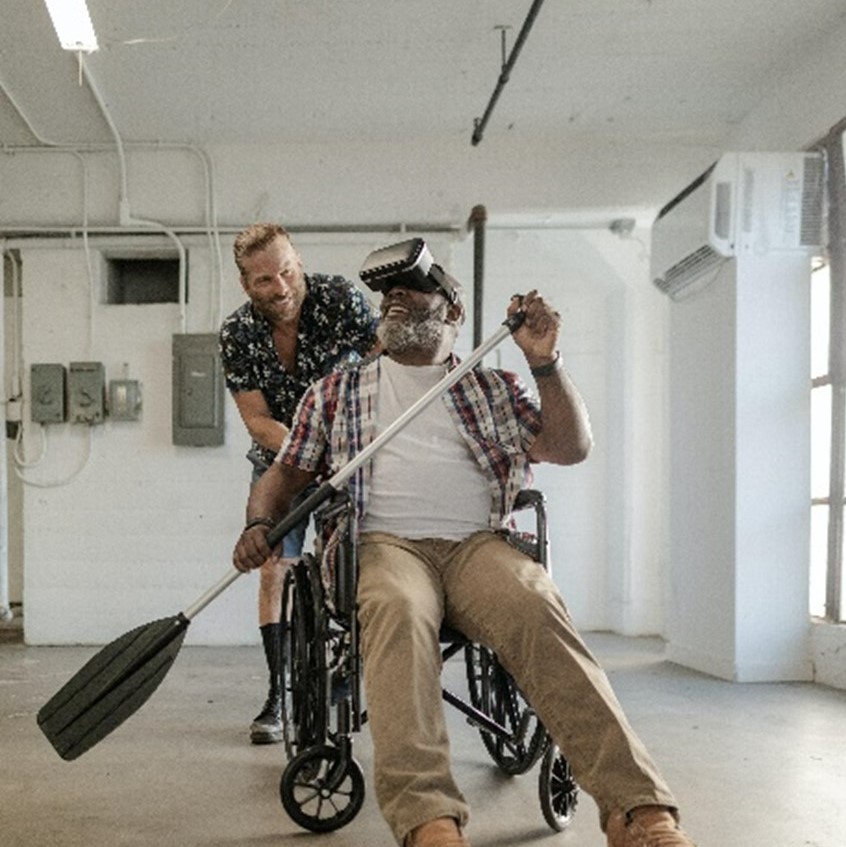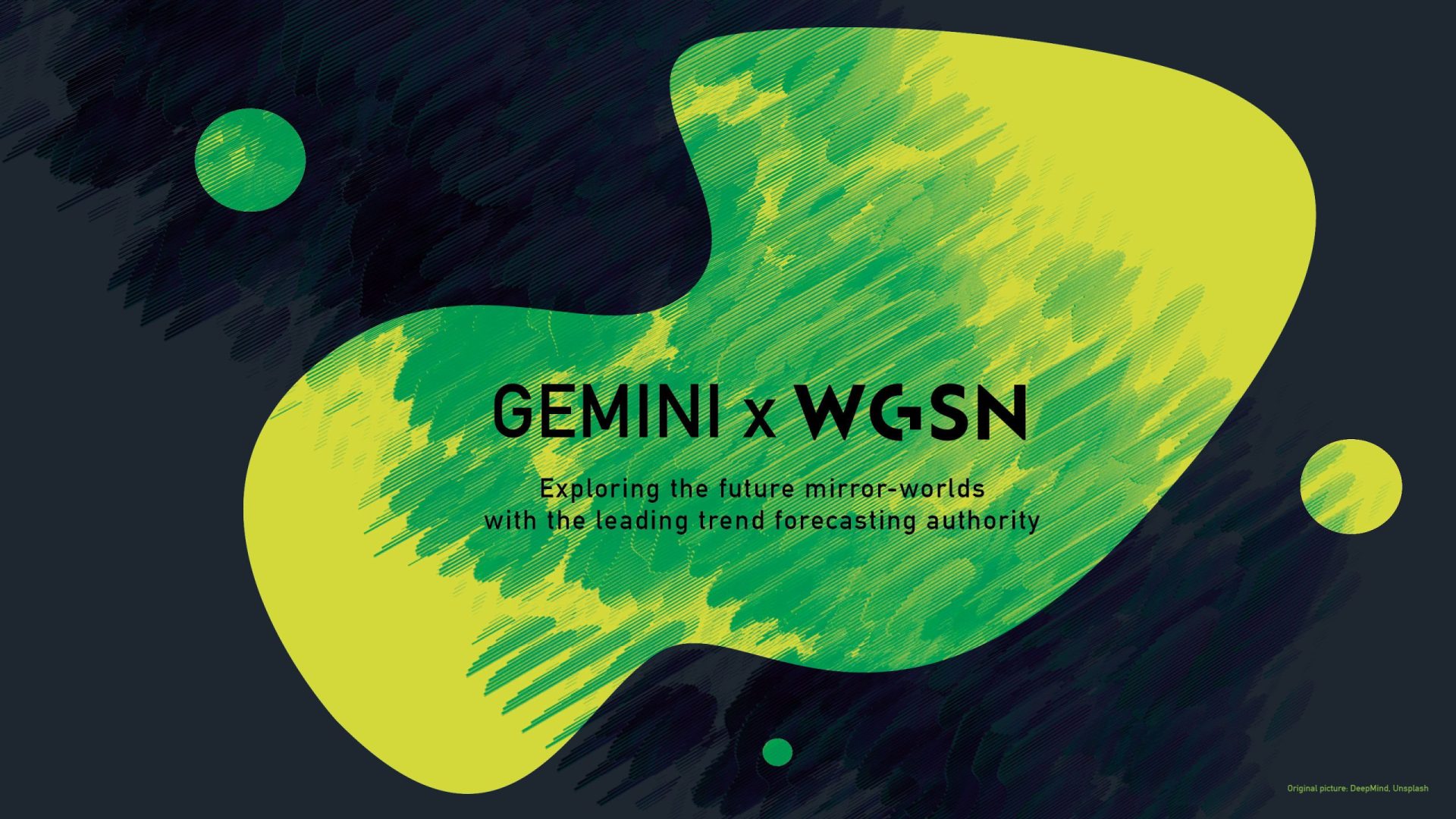The world is now advancing into a new phase with the development of technology, updated values of the younger generation, and rapid economic growth in emerging countries in Asia and Africa. How will urban spaces change in this environment? What kind of message and vision can cities have in an age when communication in digital spaces such as the metaverses and mirror worlds is becoming commonplace? To think about these big questions, we invited Ken Shigematsu, who is engaged in urban planning in various parts of the world with his main base in New York, and Ou Sugiyama, who belongs to Mori Building and researches urban experiences through the latest technologies, to discuss where the cities around the world and Tokyo are headed. (Part 2)
A society that changes through gradational connections
– I think that the relationship between the city and its lifestyle and history, combined with digital technology, is opening up new perspectives which is also a characteristic of our time. What are your thoughts on technology?
Sugiyama: About two years ago, I worked on a project involving AR and VR technology using the Venus Fort in Odaiba (closed in March 2022). We used a high-definition 3D scanning to create a three-dimensional view of the museum so that it could be experienced virtually in a VR space. Meanwhile, in the actual museum, we rented AR glasses to customers so that they could see avatars of customers accessing the museum from Internet in VR, in addition to seeing store information and other information. When people who are not in the real space talk to you in VR, you feel as if they are actually talking to you from next door, and I thought to myself, “This is the future.”If this technology develops in the future, it will be possible for grandfathers and grandchildren who are far away from each other to communicate with each other as if they are walking hand in hand together.
If the city is a device that facilitates communication, then digital technology must be studied further as something that supports and helps an integral part of the city.
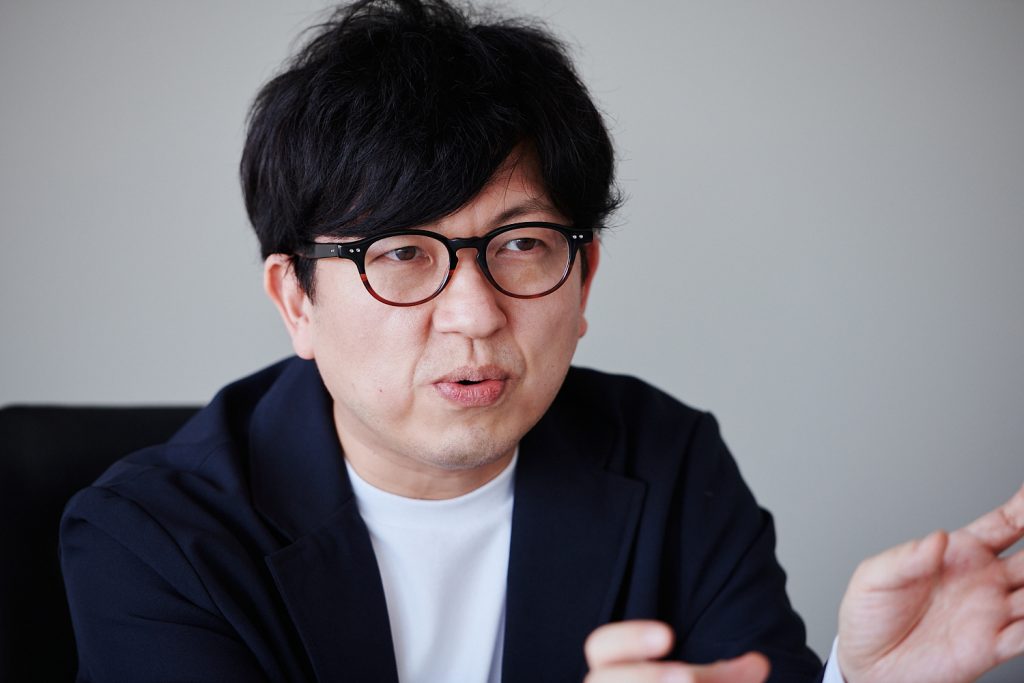
– So you are saying that digital and device research is also involved in urban planning?
Sugiyama: Another thing I would like to emphasize is that digital technology can lower the hurdles for participation in urban development and expand the possibilities of involvement at once. In an actual urban space, it is difficult for anyone other than a limited number of people with expertise, such as architects, to participate in the specifics of urban development. However, it is possible, for example, to express one’s own ideas by digitally placing one’s work in the city, or to create a new service and be involved in the enjoyment and lifestyle of others.
Shigematsu: We are also experimenting with VR and sometimes use it for small meetings. However, for me personally, when a complete stranger suddenly spoke to me in a VR space where an unspecified number of people were participating, I got a little scared and logged out without thinking (laugh). But there was definitely an exciting reality, and I felt that its importance would increase further in the future.
The urban planning we are trying to promote is quite difficult to experiment with in the field. In order to find out what kind of experience you can get when you open up a highway to people, it would take an almost infinite amount of money, time, and permits. But in a virtual space created on the Metaverse, it would be easy to experiment with that.
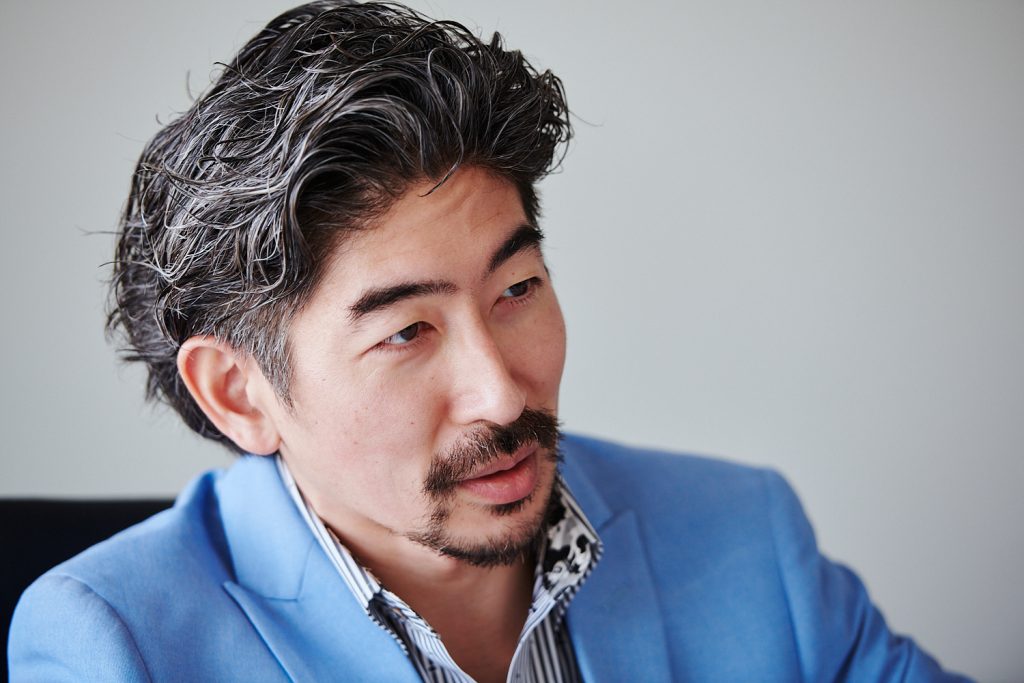
– The digital twin is attracting a lot of attention because it is easy to simulate urban and environmental settings, isn’t it?
Shigematsu: Digital technology is still in its infancy and is not that familiar to our ordinary lives, but as Mr. Sugiyama mentioned earlier, it definitely expands the possibilities for various people to express themselves through art. Art is absolutely important for cities.
We use the term “Center of Expression” to describe this. It is most enjoyable when everyone can honestly express their own curiosity.
Sugiyama: I really think so.
Shigematsu: One effective method of social involvement for the free expression of curiosity is the (DAO) Decentralized Autonomous Organization.
Yamakoshi Village in Niigata is often mentioned as a typical example. It was a marginal village with a population of about 800 and was in danger of disappearing, but taking advantage of its unique character as the birthplace of Nishikigoi, it created Nishikigoi NFT and sold them all over the world. Along with the acquisition of the NFTs, those who purchased them were entitled to vote on how to revitalize the village using the funds raised there. In other words, NFT purchasers have a certificate of residence as digital villagers and can be involved in the management of the village. The money has been raised for the village, which until yesterday had 800 people, and the population has increased to just under 2,000, allowing them to do many things.
The person who initiated the DAO in Yamakoshi Village is Mr. Atsushi Hayashi. One of the things that struck me about Mr. Hayashi’s talk was his comment, “Even if I wanted to work on community development, in the past I would have been asked, ‘Do you have the courage to put your life on the line?’”
– For example, you often feel pressures such as, “First, you should move to the area and experience the harsh winters!”, when you try to get deeply involved in a community.
Shigematsu: Not everyone can get that excited, right? However, there are many people who can help in small ways, such as picking up trash or helping to disseminate information, and I thought it would be very interesting to use DAO as a response to the gradation of various ways to get involved.
Since connecting the desire to make something better is at the root of urban development, a new way of involving and participating may be possible using the Web3 mechanism.
Sugiyama: By participating, you make it personal. You are not just a consumer.
Shigematsu: In the physical space, you can be involved tightly at a certain high density level, but in terms of participation, it is open and one can join from a wide area. Sometimes, when everyone gets together in an actual place, it becomes a major peak event, and I hear that Europeans call a visit to Yamakoshi Village “KISEI (returning home)” (laughs).
– Yamakoshi Village has become a second hometown where you can go back home.
Shigematsu: I feel that such a contraction of ways of relating can lead to a greater dynamism. And I think that can happen in central Tokyo as well.
We are also trying to make use of DAO’s ideas in ongoing projects in Ginza, Kyobashi, Nihonbashi, and other areas. There are many fans of Ginza both in Japan and abroad, so the network of relationships should expand even further.
Creativity in an era when the definition of “coolness” has changed
Sugiyama: One of the major changes brought about by digital technology is the change in the style of content reception. Until now, the mainstay of content has been linear sequences such as movies and novels, in which the viewer enjoys a completed fiction. Today, however, the popularity of content that allows people to experience a third-party story as if it were their own is increasing, that is, to act as if they were the protagonist of the story. In this way, the city itself becomes part of the story, and I believe that narrative experiences will continue to expand. The more layers of such experiences accumulate, the more the city’s charm and community will be formed at an accelerated pace.
I am in charge of the general planning director of the theme pavilion for the 2025 Osaka World Exposition, and I have been discussing what kind of pavilion to create with the producer, film director Kawase Naomi, and other artists and creators.
Generally, shiny new buildings are constructed for a big event like the Expo, but this time, we decided to move abandoned school buildings in Totsukawa Village in Nara and Fukuchiyama in Kyoto to the Expo site, adding new functions to them. The pavilion will be a combination of the two, utilizing buildings that have existed from long ago and retain many memories.
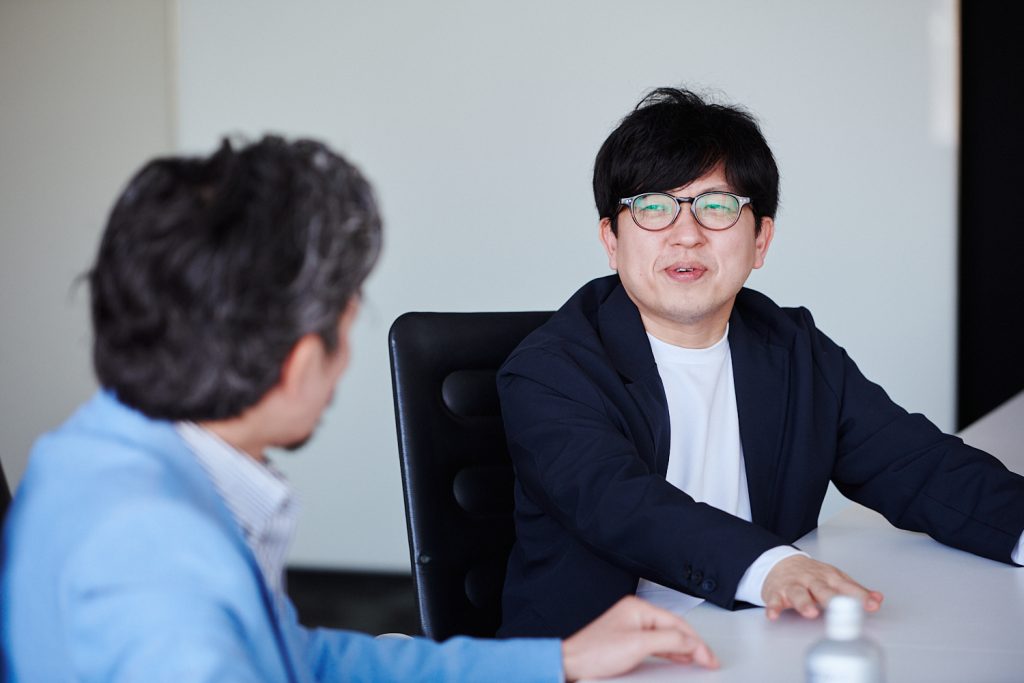
Shigematsu: Interesting!
Sugiyama: The reason why I decided to do such a thing is because I was thinking about what I could do from the perspective of environmental issues and sustainability. One of the hints I found was the change in the sensibility of the younger generation. Once a year in New York, there is an event called the MET Gala in which celebrities gather at the Metropolitan Museum of Art and wear glittering costumes based on the annual theme.
However, the 2022 MET Gala was conscious of “sustainability” and everyone wore classic dresses as old clothes. Kim Kardashian in Marilyn Monroe’s 1962 dress was the icon of the year. In other words, the definition of coolness has changed, and the era has entered a cycle where it is cool to wear something that has a memory, not to consume something new, and to pass it on to the next generation. This is exactly the web3 way of thinking. I think it is a symbol of the trend to think that it is cool for yourself to be part of a cycle in which the historical trail has been left in a decentralized management system all the time.
Despite such trend change is occurring in the highly propagative realm of fashion, it would be sad to go to the trouble of building something new for a mere six-month Expo event and then destroy it when the event is over. Therefore, we decided to bring in an “upcycling” system that would not only relocate the buildings, but also customize them by cutting off only the wings, for example, and making other materials.
– It’s like the Nicoichi idea of converting two cars into one.
Sugiyama: Indeed (laughs). Then, when the exhibition is over, we hope to move the pavilion to a different location and make use of it afterwards.
Shigematsu: What will you attempt in that pavilion?
Sugiyama:That is also a challenge. It is common to showcase advanced technology in a trade show-like manner, but we dare to do only “human-to-human interactions.” We will have a dialogue through a screen, but you won’t know who you will be talking to until it happens. The dialogue begins with “Nice to meet you,” with whom you meet for the first time that day, and ends with “Thank you. See you later.” We will do just that thousands of times during the exhibition. The team calls it a “dialogue theater.”
Shigematsu: I guess our awareness of the issues is similar. There is a startup in New York called SHARED STUDIOS, which I am involved in a little bit. They transport 20-foot containers to various locations around the world and set up a life-size videophone-like device at the end of the container to create experience in which people from places on the brink of conflict and oppression, such as Afghanistan and Myanmar, meet and interact with visitors to Times Square in New York City in the center of the container.
The purpose of this project is to deepen mutual understanding of the essence of people and to deepen exchanges through dialogues with the people in countries full of prejudices due to biased reporting by the media. For example, a table is placed inside the container to create the illusion of a long table that is continuous with the remote location, creating an environment in which the people feel as if they are eating and conversing in the same space.
Sugiyama: I strongly sympathize with this idea. The problems happening in the world today are related to various divisions, such as wars, regional disparities, and COVID-19 issues. If communicating in an artistic way can help to resolve these divisions, even if only a little, I feel there is some historical significance in that.

Guest Profile
-
Ken Shigematsu
Ken Shigematsu
Architectural Urban Planner Co-President, LAGUARDA.LOW ARCHITECTS / Founder, inspiring dots inc. With a focus on designing people’s experiences, he has worked in 25 countries around the world, from master planning to architectural design of complex facilities. In 2018, he launched “inspiring dots inc.”, a multidisciplinary collaboration group, aiming to solve social issues with diverse tools, including technology. He advocates “Tokyo G-LINE” to turn the Tokyo Inner Circular Route into a special zone for innovation in greenery and personal mobility, and “Tokyo B-LINE” to turn Japan’s waterways into a special zone for innovation in water transportation. He appeared in TV Asahi, “What’s That Guy Doing Now?”, Abema Prime, News Pick The Update, etc.
-
Ou Sugiyama
Ou Sugiyama
New Territory Planning Department, Mori Building Co., Ltd. After working as the General Manager of “MORI Building DIGITAL ART MUSEUM: EPSON teamLab Borderless” from 2018, he is now in charge of planning “TOKYO NODE”, a cultural transmission facility to open in 2023. He is the general planning director of the signature pavilion “Inochi no Akashi” of 2025 Osaka/Kansai World Expo. His grandfathers are the Japanese-style painter Yasushi Sugiyama and the architect Yoshiro Taniguchi, and his uncle is Yukio Mishima.
- Related link: https://etsuko-ichihara.com/
Co-created by
-
Taisuke Shimanuki
Writer
Taisuke Shimanuki
Writer
Art Writer/Editor. Born In Kanagawa In 1980. Living In Beppu, Kyoto. Writes, Edits, And Plans For Tokyo Art Beat, CINRA.NET, And Bijutsu Techo. In 2019, Formed A Collective Research Group With Ai Saegusa (Artist) And Pijin Neji (Dancer). From 2021, The Team Name Will Be Changed To "Uho", And They Will Continue To Research And Output In Various Forms Such As Exhibitions, Performances, And Editorials.
- Kamoberi | Social Distance Art Magazine: http://Kamoberi.Com/
-
Nozomu Toyoshima
Photographer
Nozomu Toyoshima
Photographer
Introduction (about 300 words): After working at a studio in Tokyo and as a freelance camera assistant, he has been working as a photographer since 2011.
- Related link: http://toyoshimanozomu.com/
Tag
Share
Discussion
Index
Index
Archives
Recommend
Recommend
Recommend
Recommend
Recommend
-

{ Prototype }
GEMINI Laboratory GLOBAL DESIGN AWARDS WINNERS ANNOUNCEMENT
GEMINI Laboratory GLOBAL DESIGN AWARDS WINNERS ANNOUNCEMENT
GEMINI Laboratory GLOBAL DESIGN AWARDS WINNERS ANNOUNCEMENT
-

{ Community }
AR In The Everyday
AR In The Everyday
AR In The Everyday
-

{ Community }
The Important World of Materials: Past, Present, Future – as conceived by British duo behind ‘Material Matters’
The Important World of Materials: Past, Present, Future – as conceived by British duo behind ‘Material Matters’
The Important World of Materials: Past, Present, Future – as conceived by British duo behind ‘Material Matters’
-

{ Community }
Akiko Okada, Co-author of Food Tech Revolution, Selects 5 “Future Food Scenarios” 10 Years from Now
Akiko Okada, Co-author of Food Tech Revolution, Selects 5 “Future Food Scenarios” 10 Years from Now
Akiko Okada, Co-author of Food Tech Revolution, Selects 5 “Future Food Scenarios” 10 Years from Now
-

{ Special }
Senior in mind – towards an Inclusive Mirror-World
Senior in mind – towards an Inclusive Mirror-World
Senior in mind – towards an Inclusive Mirror-World
Hot topics
Hot topics
Hot topics
Hot topics
Hot topics
-

{ Prototype }
GEMINI Laboratory GLOBAL DESIGN AWARDS WINNERS ANNOUNCEMENT
GEMINI Laboratory GLOBAL DESIGN AWARDS WINNERS ANNOUNCEMENT
GEMINI Laboratory GLOBAL DESIGN AWARDS WINNERS ANNOUNCEMENT
-

{ Community }
Scenting the metaverse with olfactory futurist, Olivia Jezler
Scenting the metaverse with olfactory futurist, Olivia Jezler
Scenting the metaverse with olfactory futurist, Olivia Jezler
-

{ Community }
Architect Mark Foster Gage: Kitbashing opens up design possibilities
Architect Mark Foster Gage: Kitbashing opens up design possibilities
Architect Mark Foster Gage: Kitbashing opens up design possibilities
-

{ Community }
Fashion Historian Pamela Golban: Beyond the Fusion of Virtual and Physical
Fashion Historian Pamela Golban: Beyond the Fusion of Virtual and Physical
Fashion Historian Pamela Golban: Beyond the Fusion of Virtual and Physical
-

{ Community }
Ars Electronica’s Hideaki Ogawa on the Happy Relationship between Media Art and the City
Ars Electronica’s Hideaki Ogawa on the Happy Relationship between Media Art and the City
Ars Electronica’s Hideaki Ogawa on the Happy Relationship between Media Art and the City
-

{ Community }
Unlocking New Worlds: How Gaming is Leading Southeast Asia’s Journey into Web3
Unlocking New Worlds: How Gaming is Leading Southeast Asia’s Journey into Web3
Unlocking New Worlds: How Gaming is Leading Southeast Asia’s Journey into Web3
-

{ Community }
Tomihiro Kono, who also designs wigs for Björk, explores multiple areas of creativity, including 2D, 3D, and AR
Tomihiro Kono, who also designs wigs for Björk, explores multiple areas of creativity, including 2D, 3D, and AR
Tomihiro Kono, who also designs wigs for Björk, explores multiple areas of creativity, including 2D, 3D, and AR
Special
Special
Special
Special
Special
Featured articles spun from unique perspectives.
What Is
“mirror world”...
What Is
“mirror world”...
What Is
“mirror world”...
What Is
“mirror world”...
What Is
“mirror world”...
“mirror world”... What Is
“mirror world”... What Is
“mirror world”... What Is
“mirror world”... What Is
“mirror world”...
Go Down
Go Down
Go Down
Go Down
Go Down
The Rabbit
The Rabbit
The Rabbit
The Rabbit
The Rabbit
Hole!
Hole!
Hole!
Hole!
Hole!
Welcome To Wonderland! Would You Like To Participate In PROJECT GEMINI?

